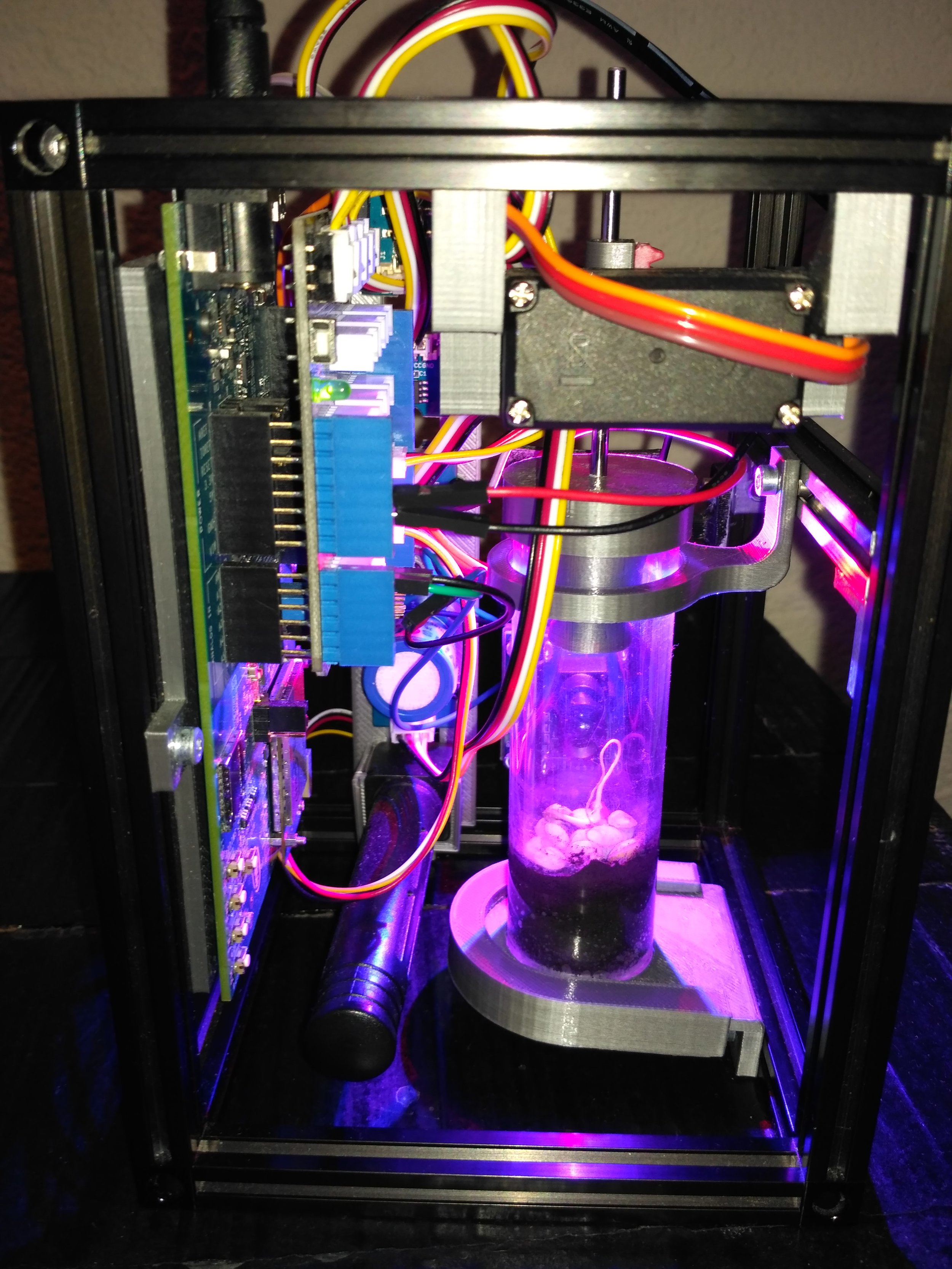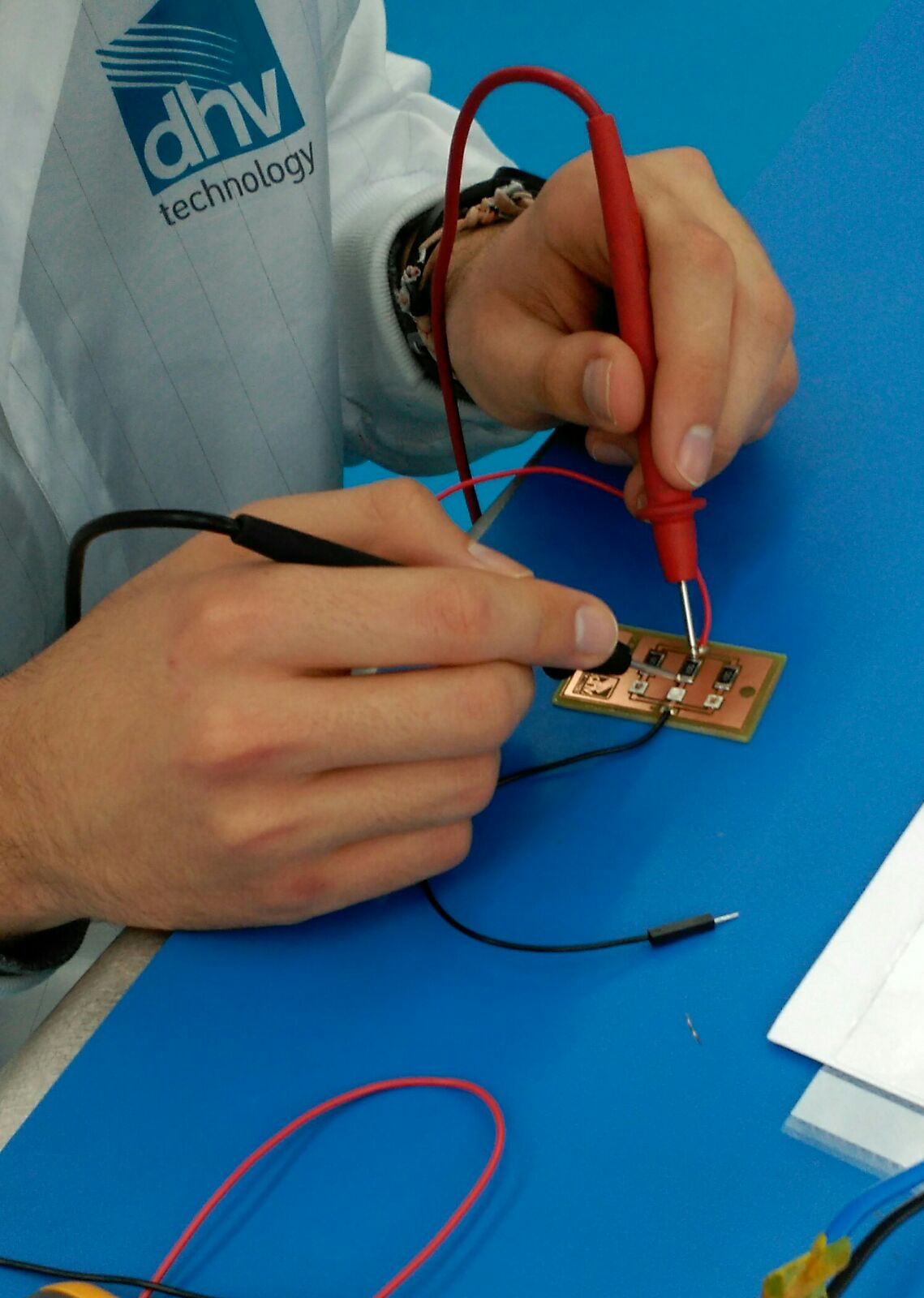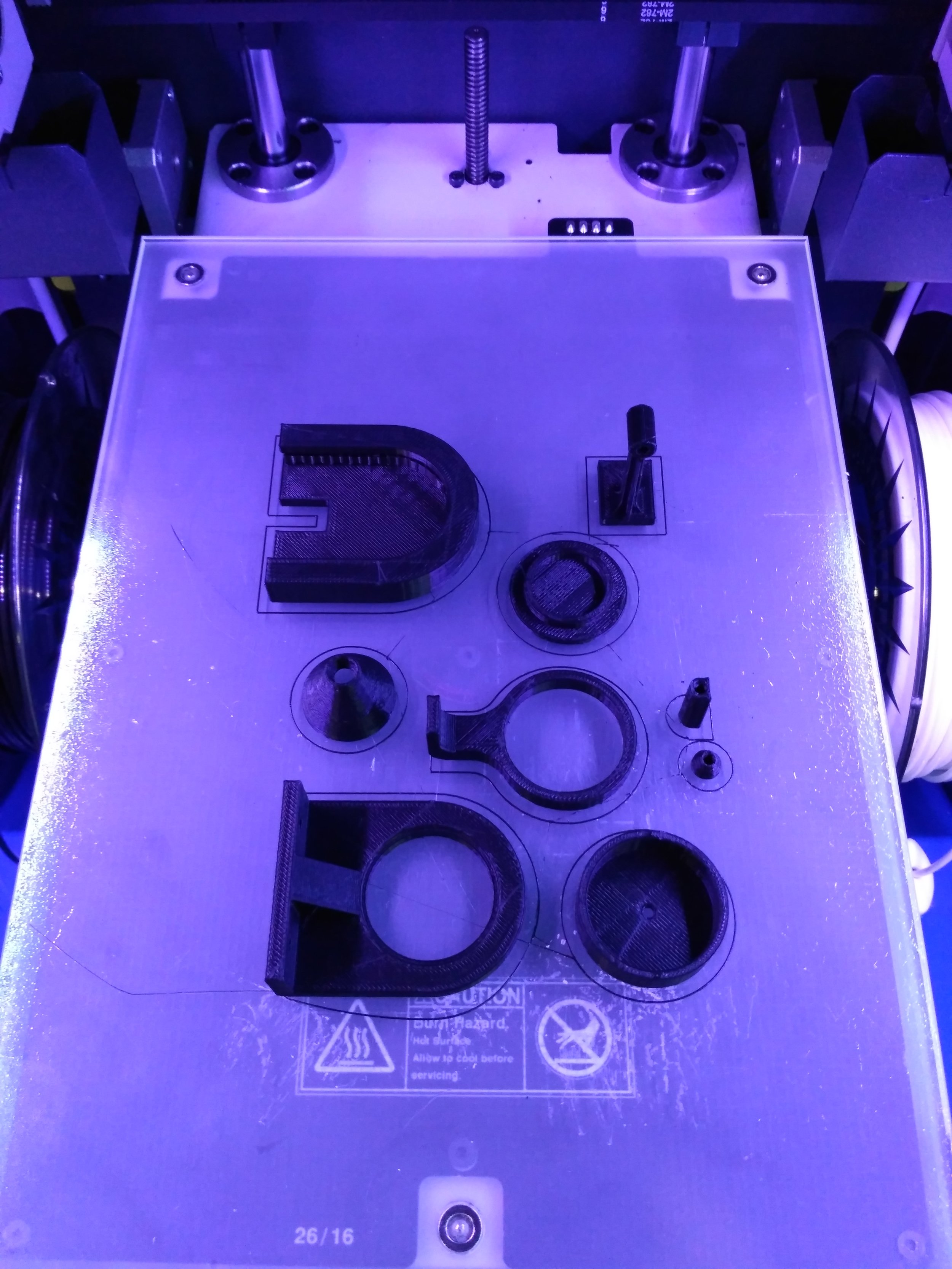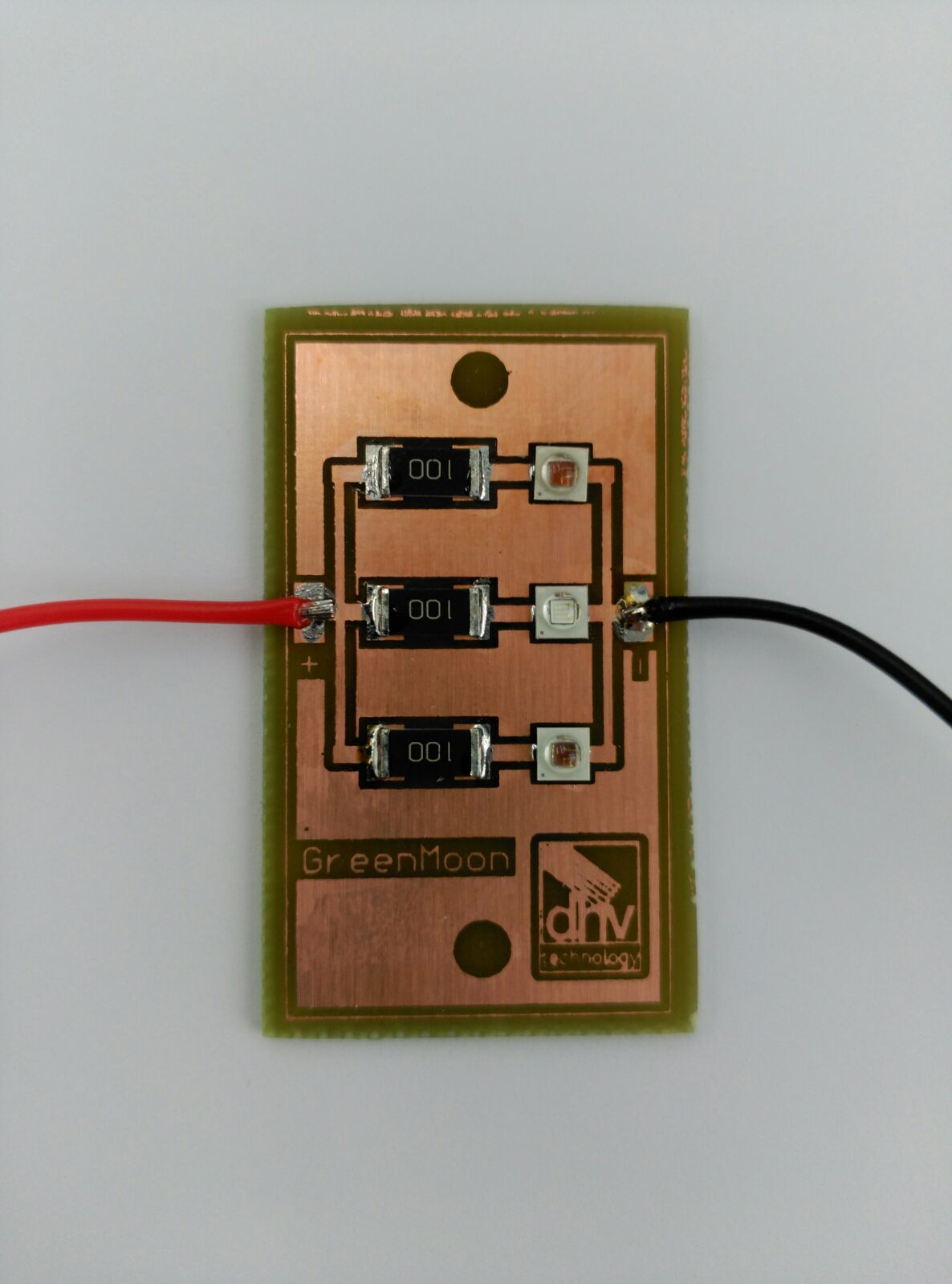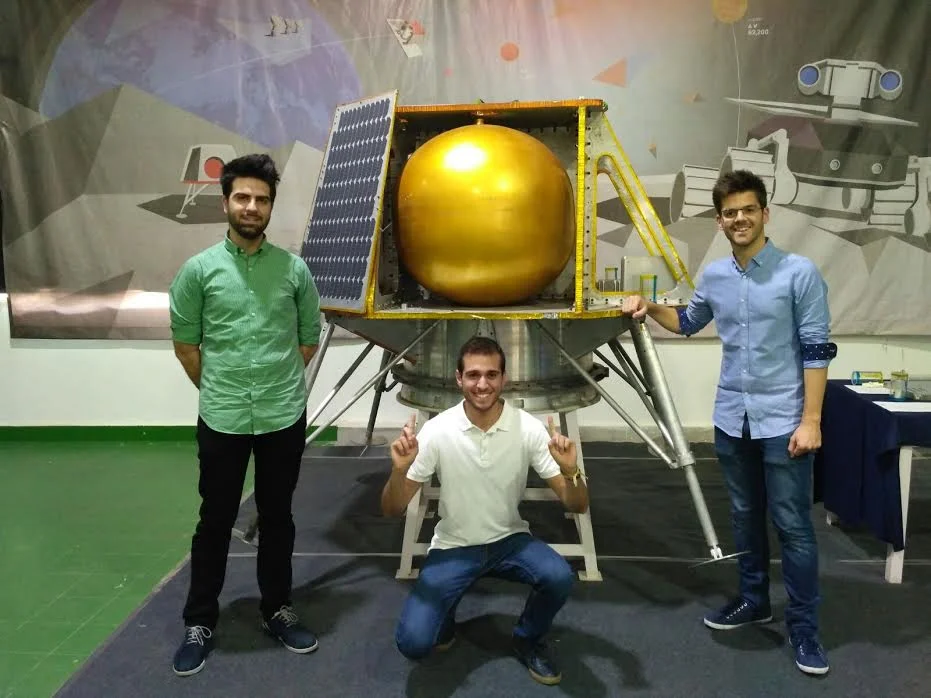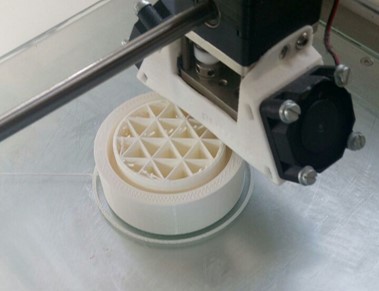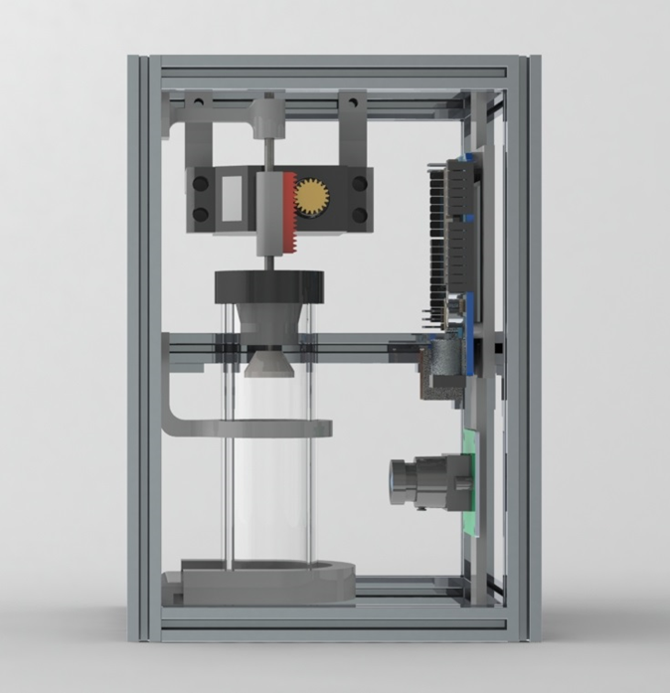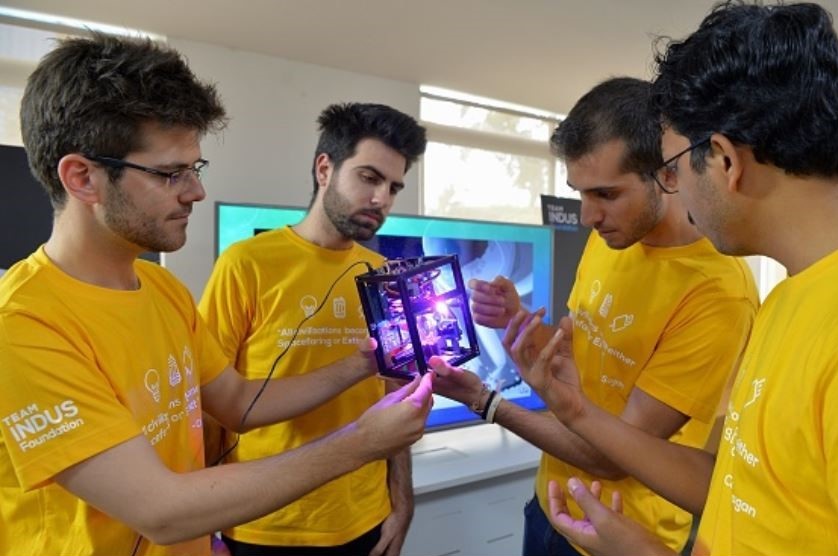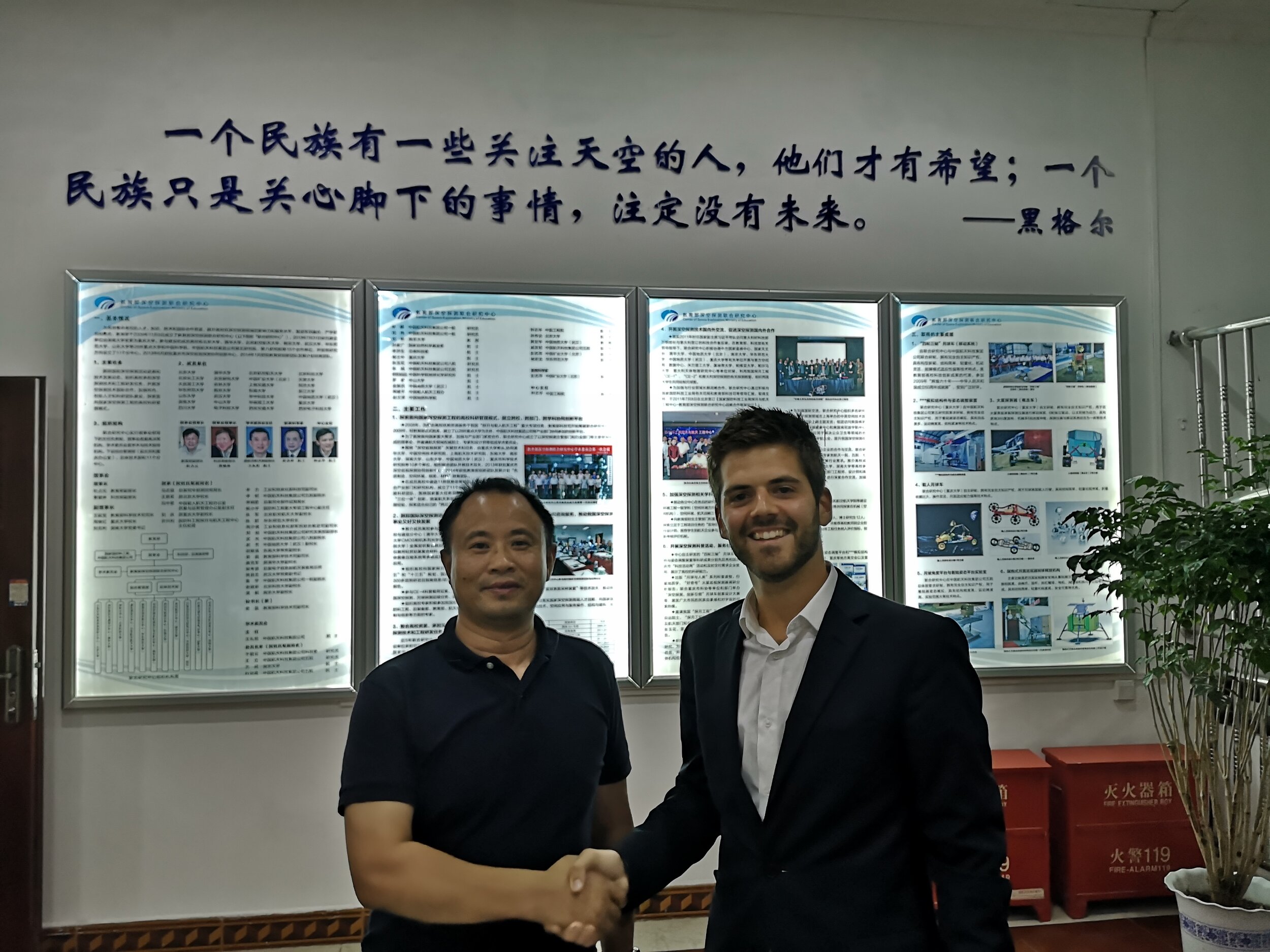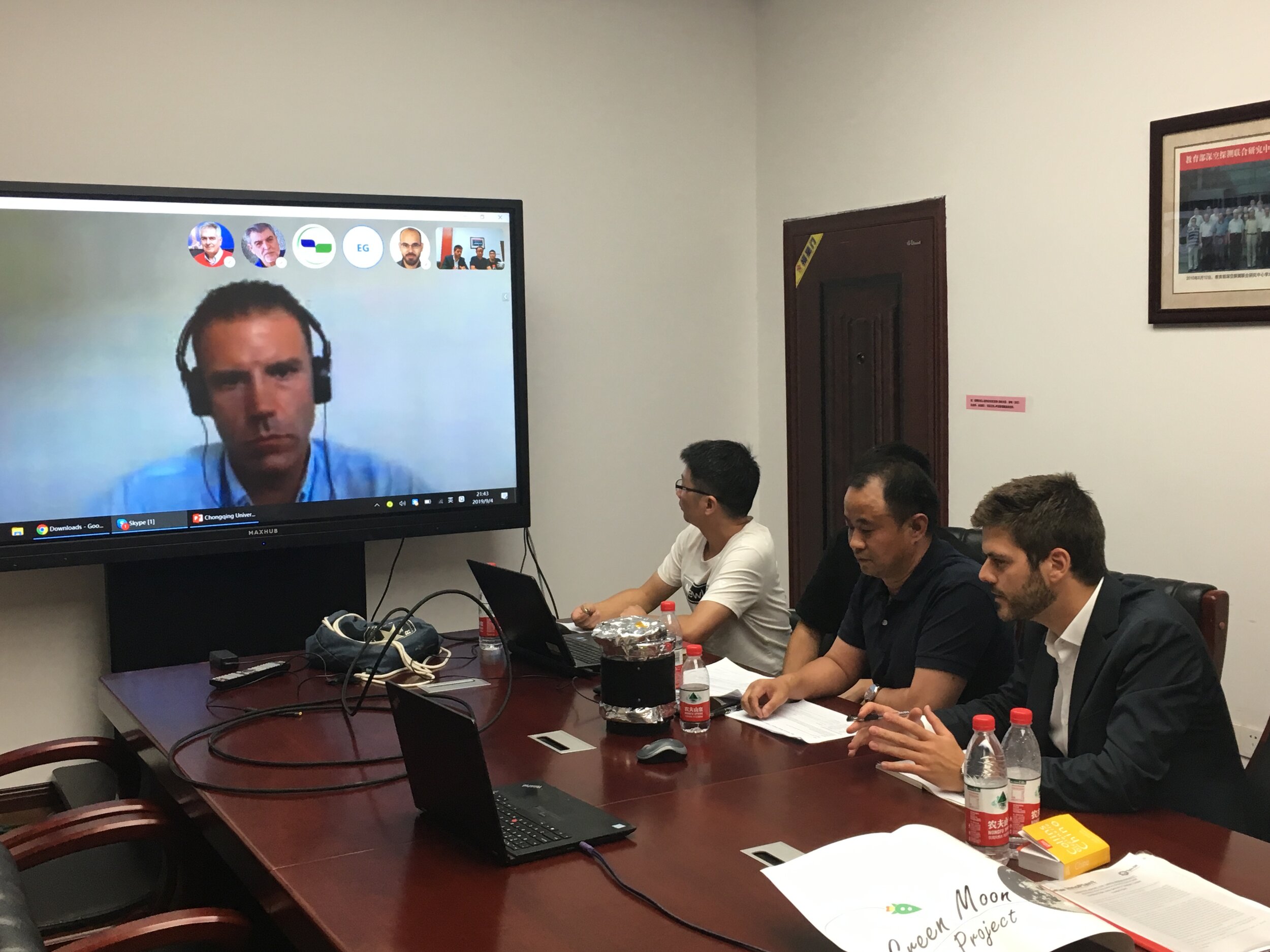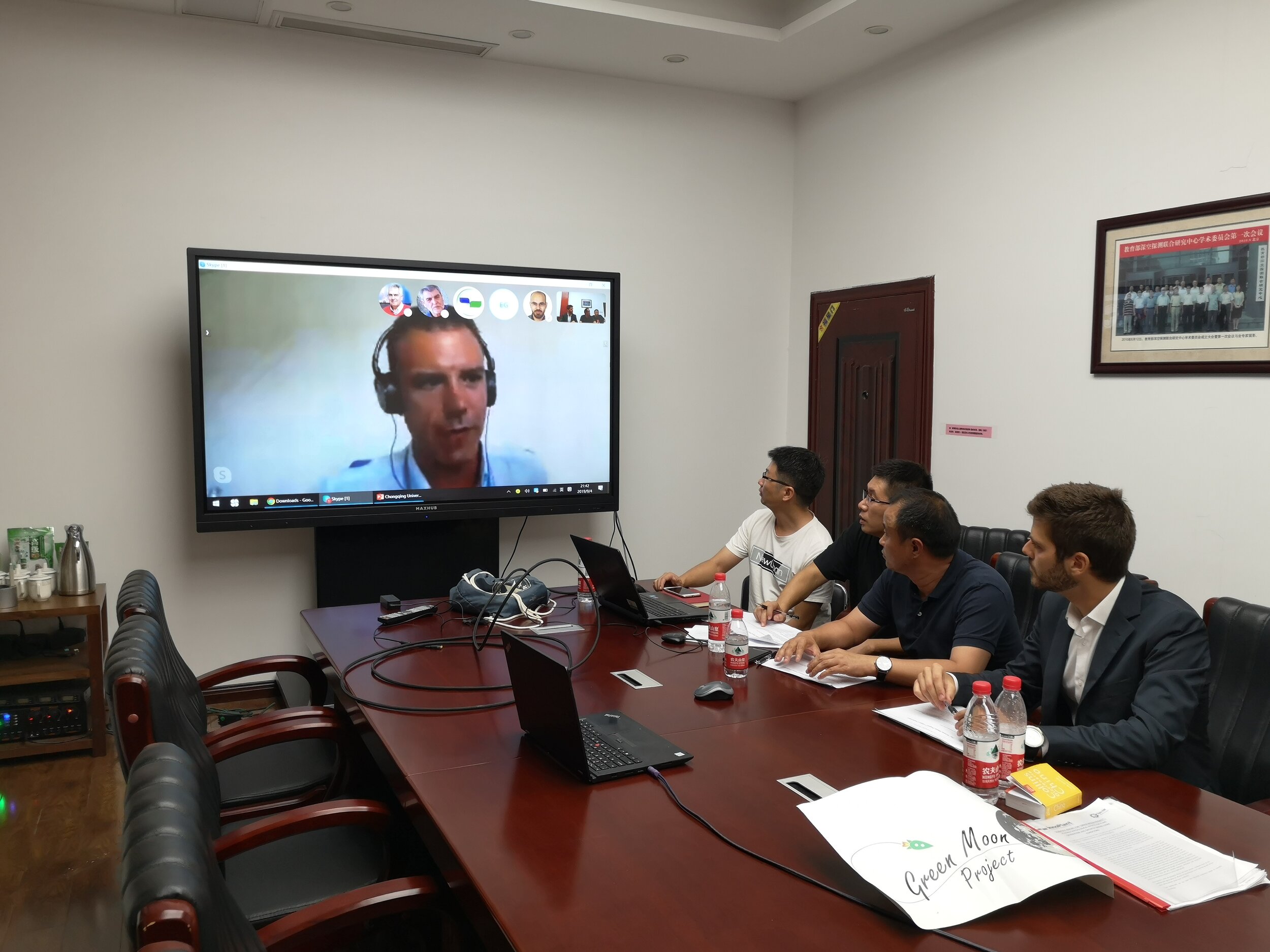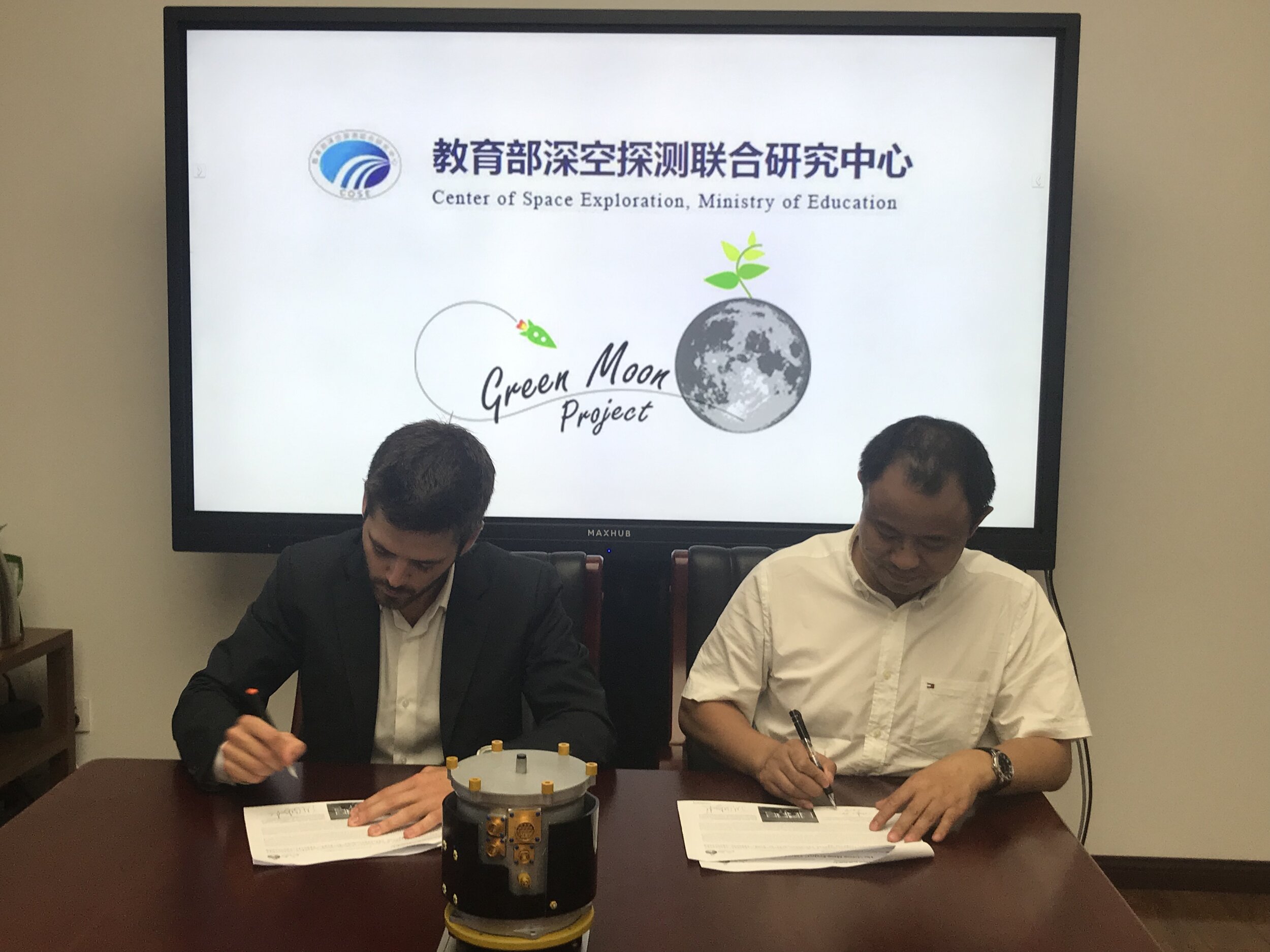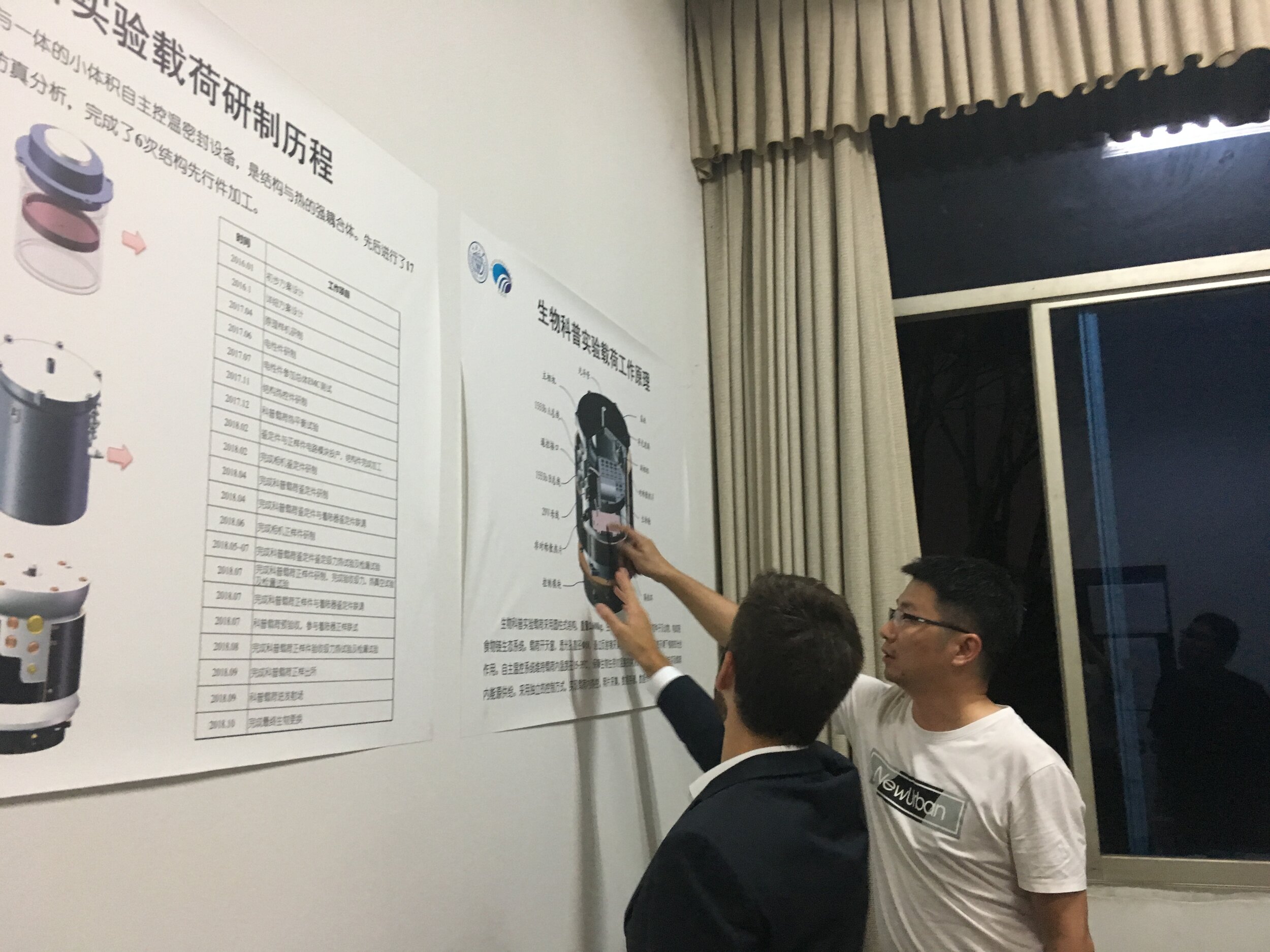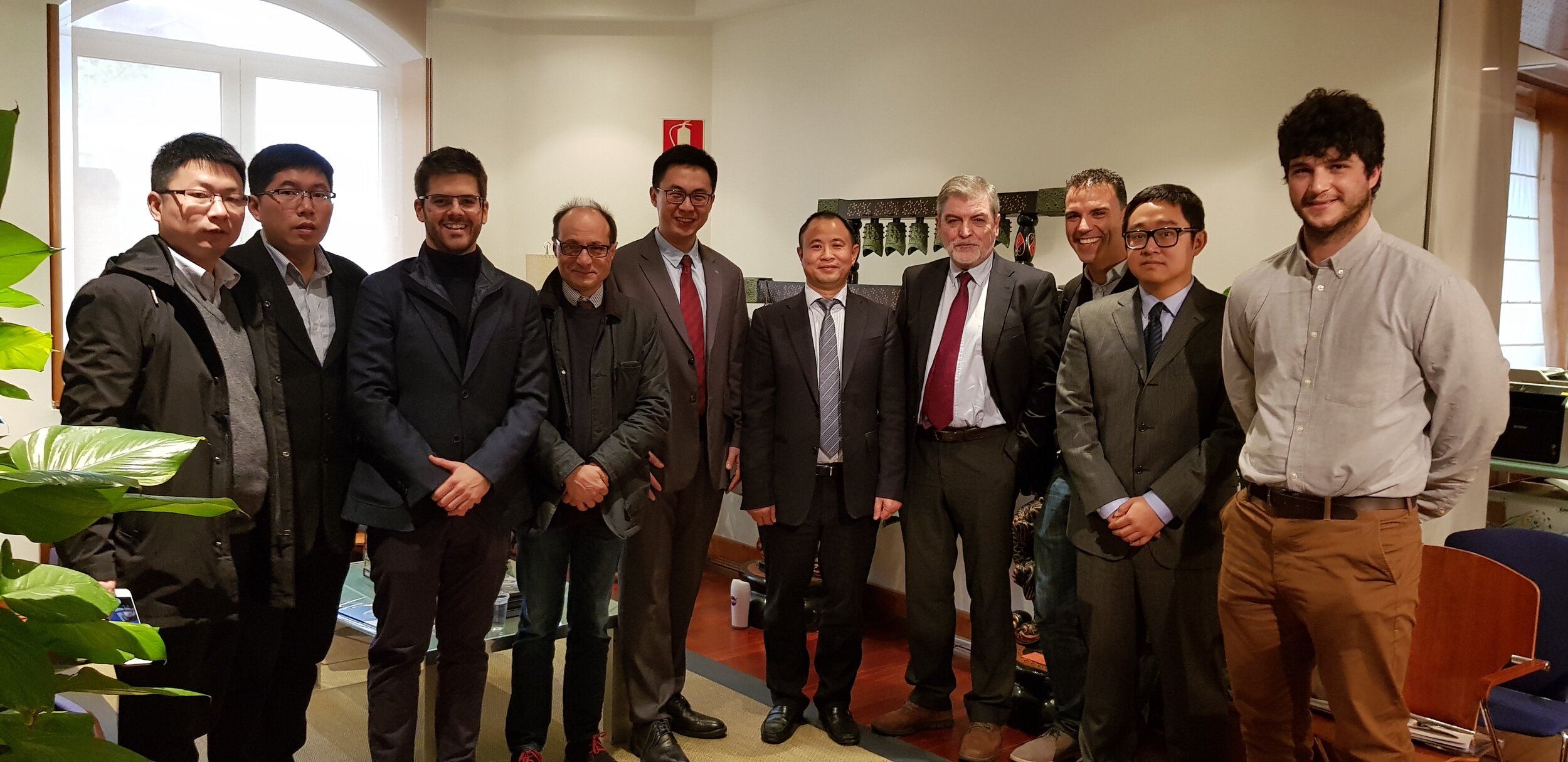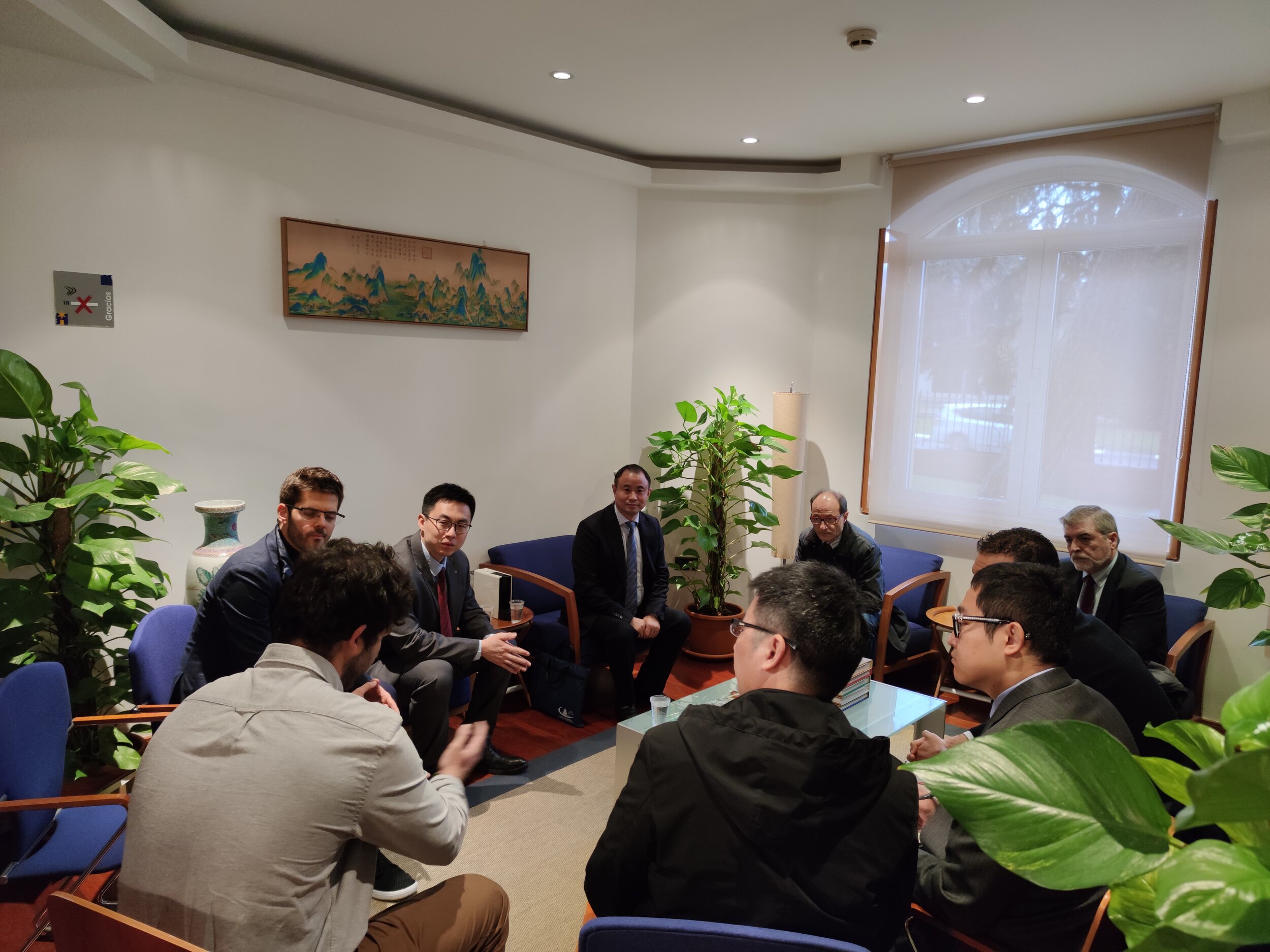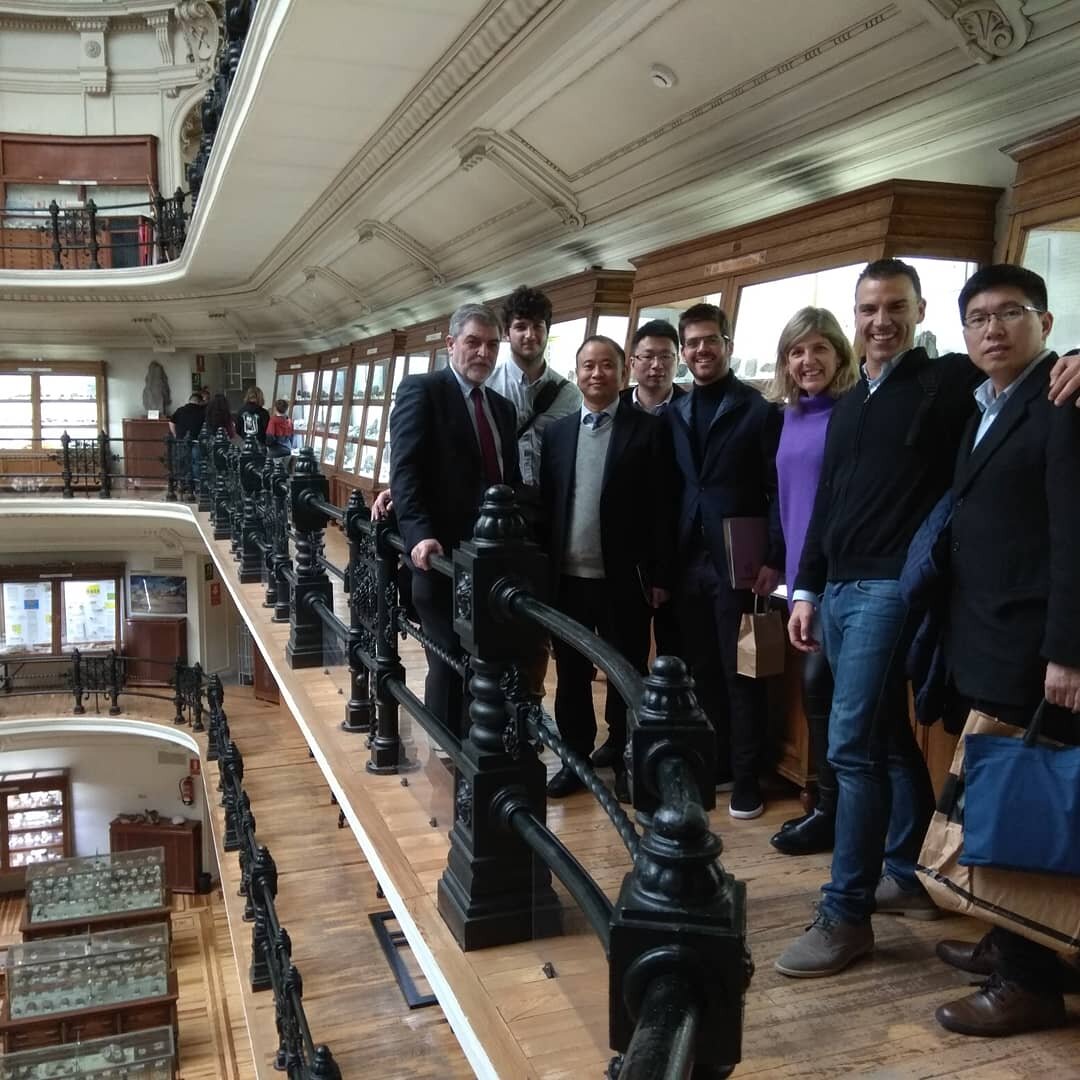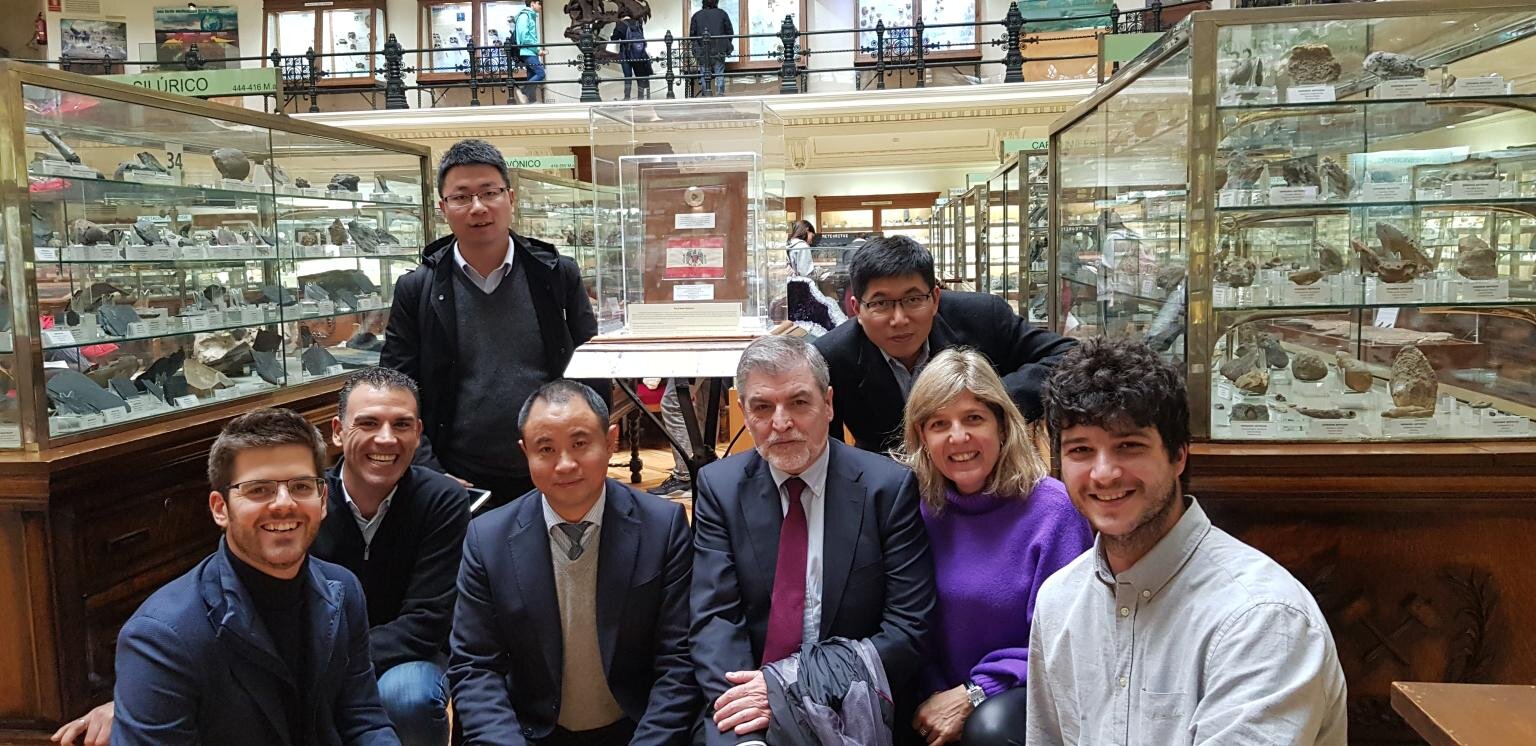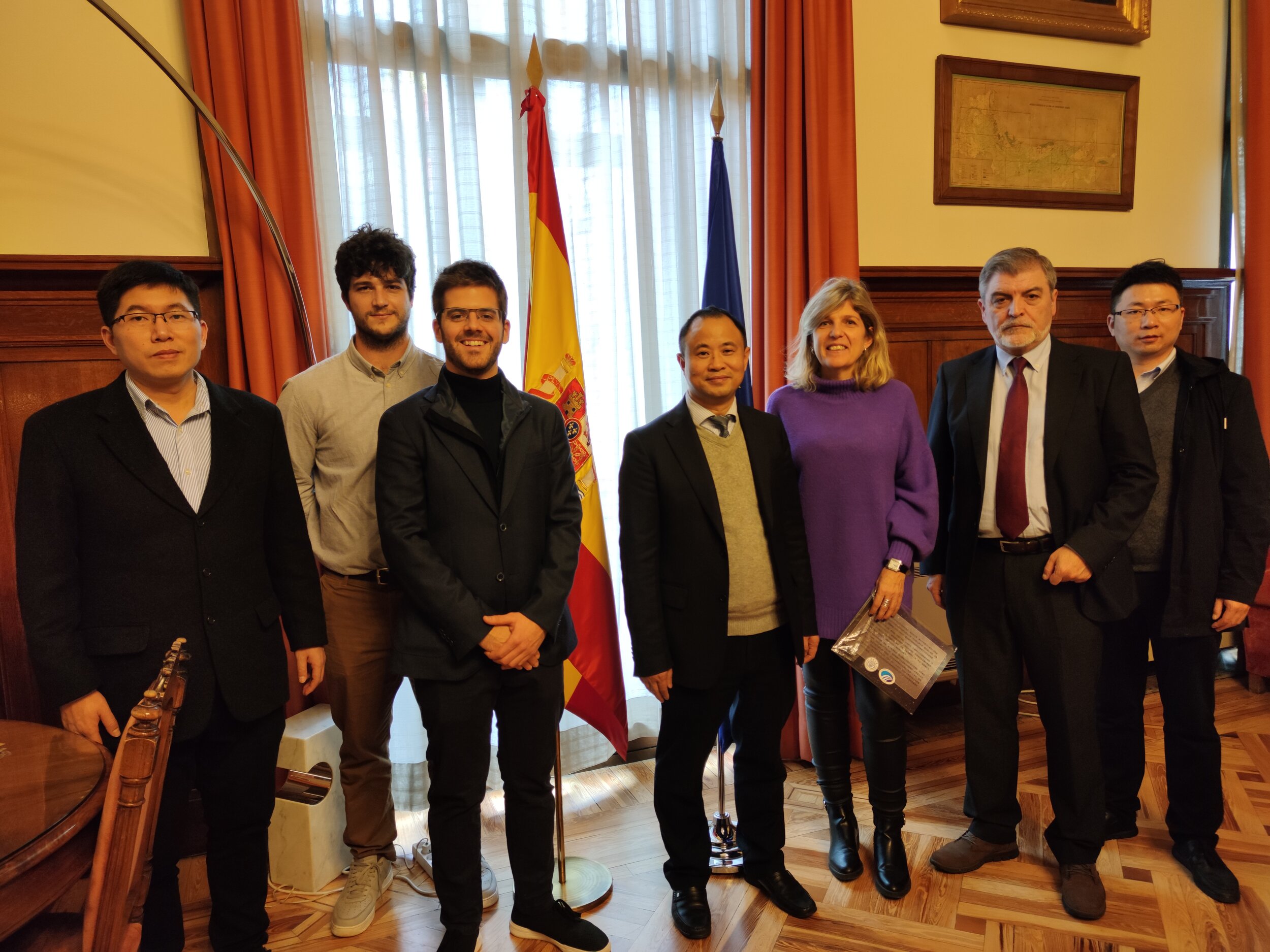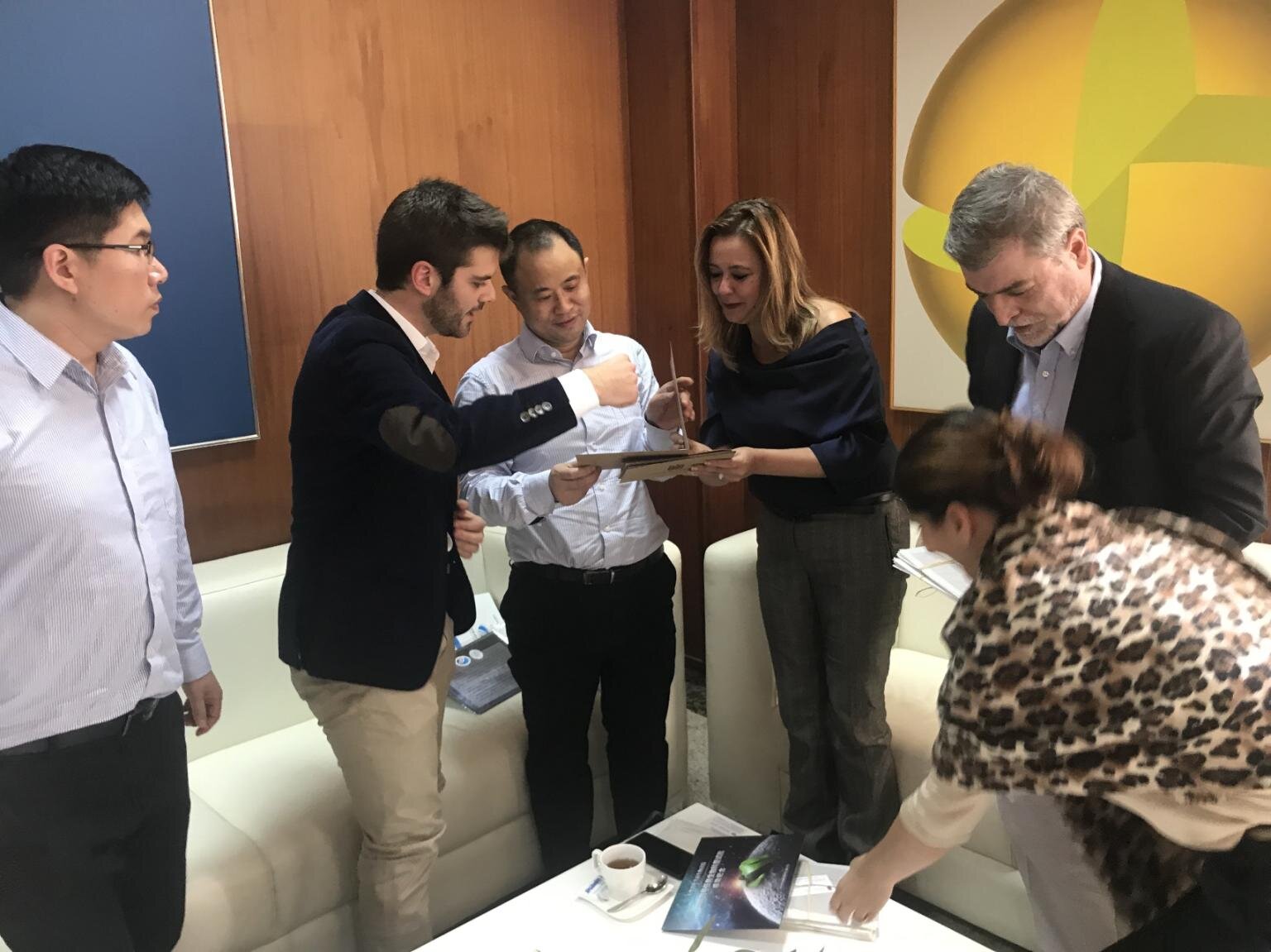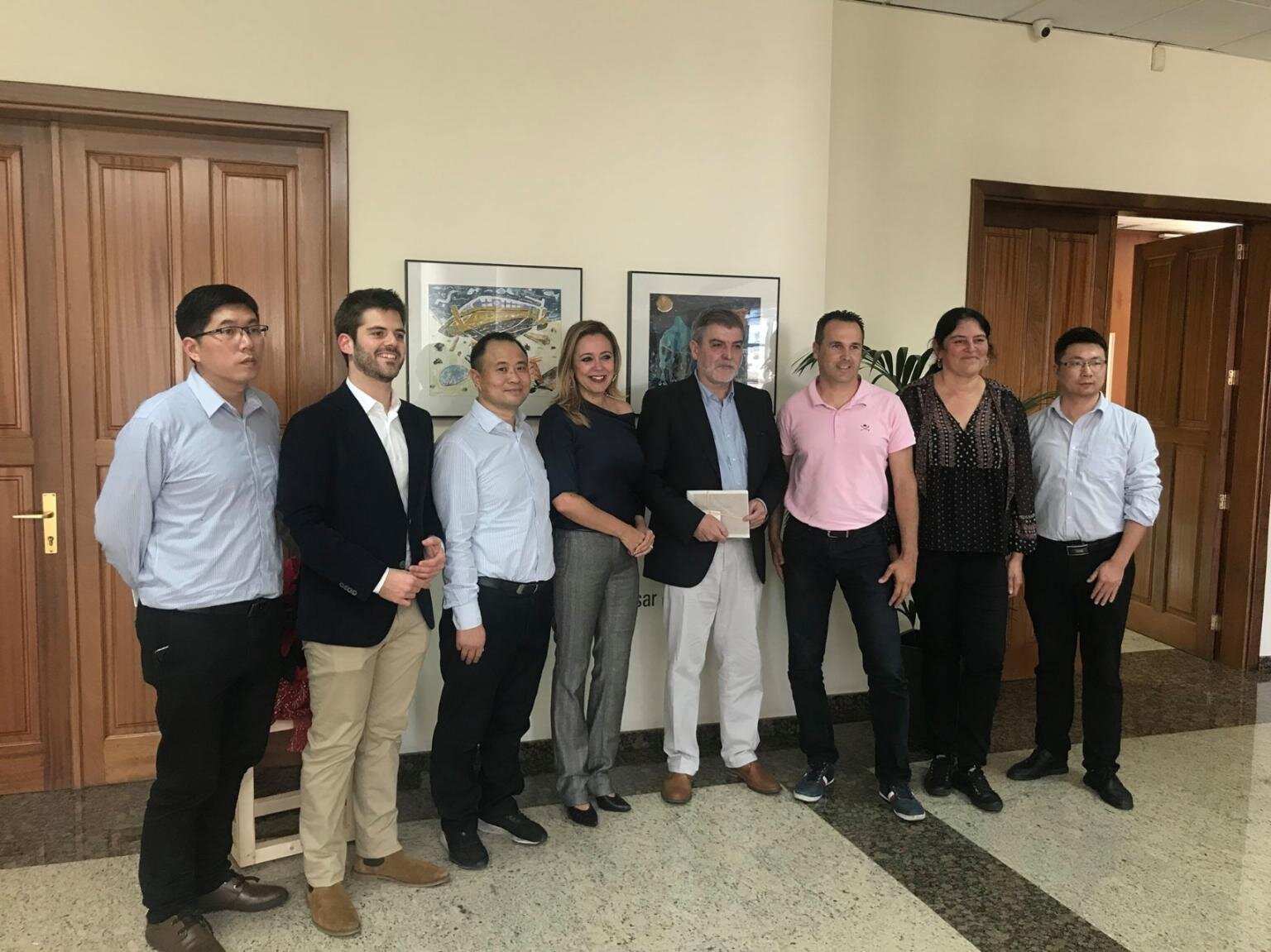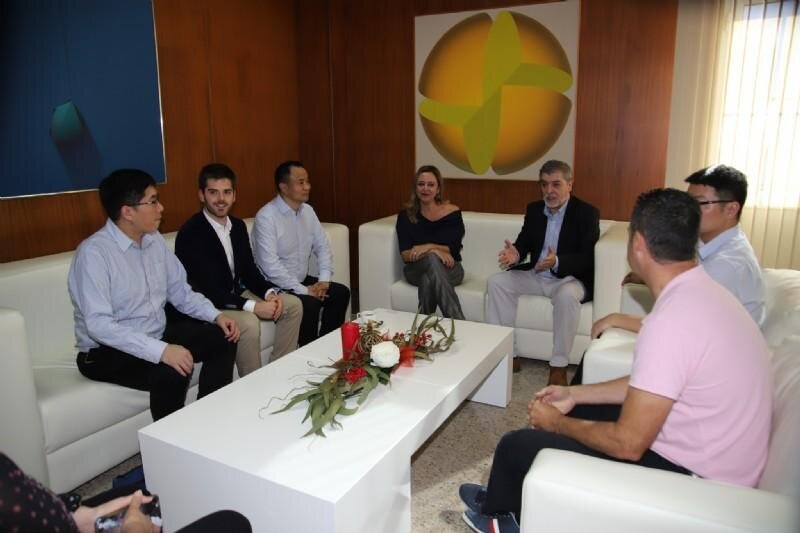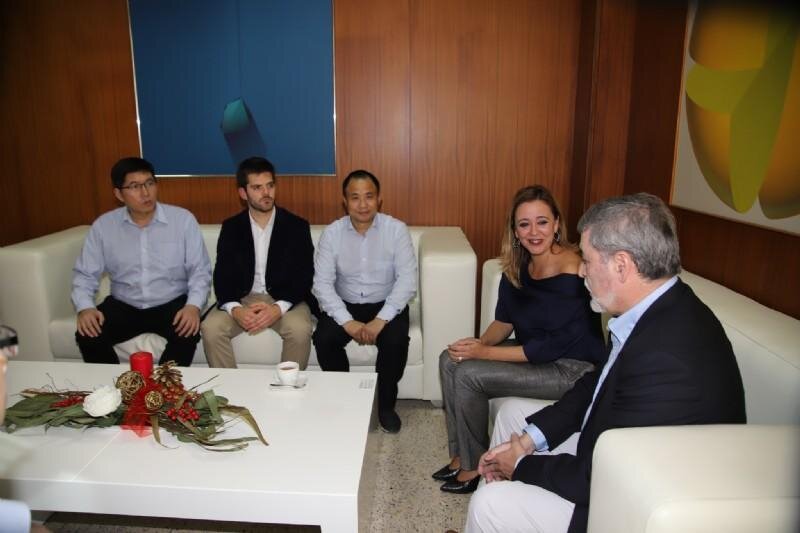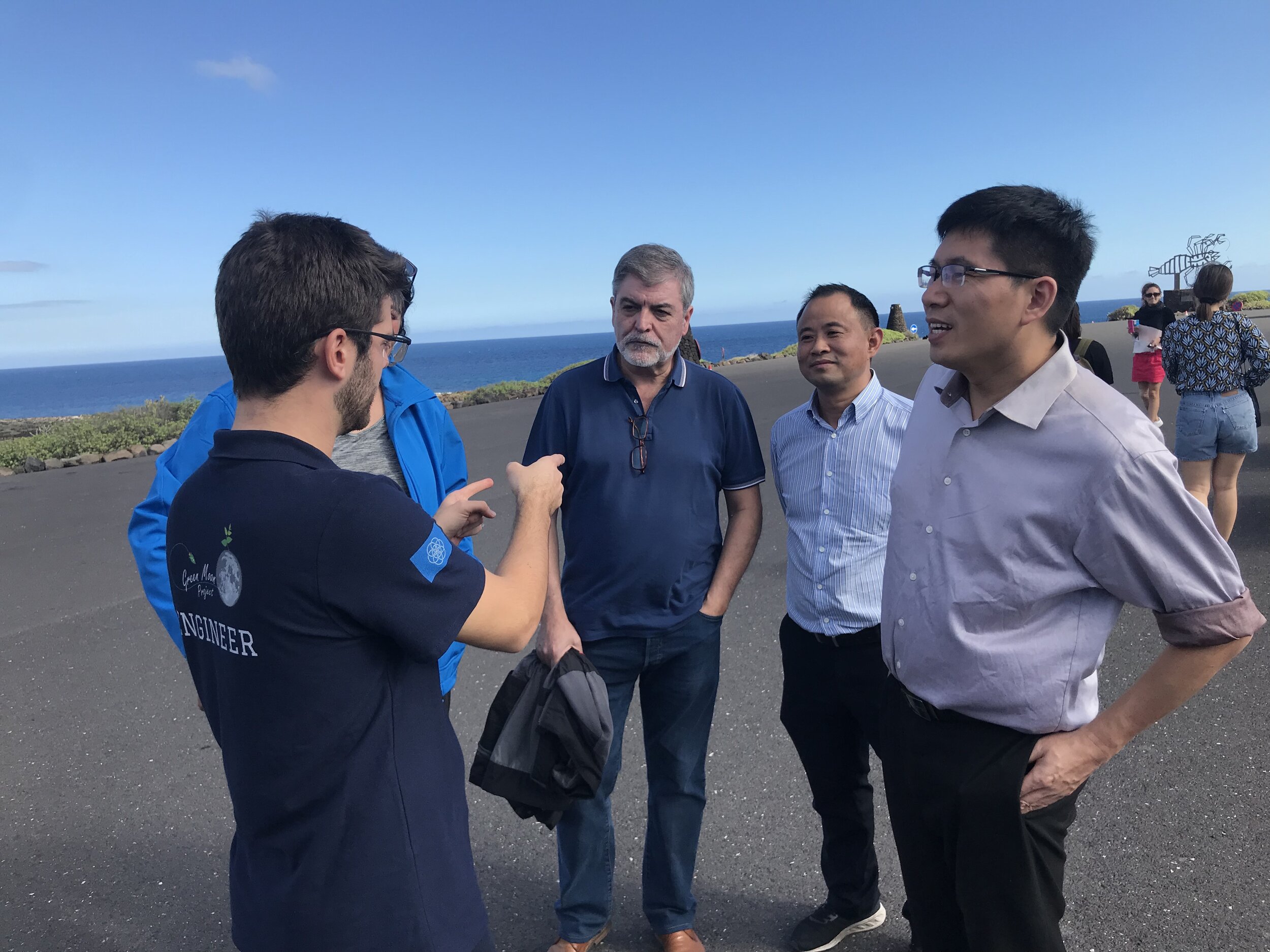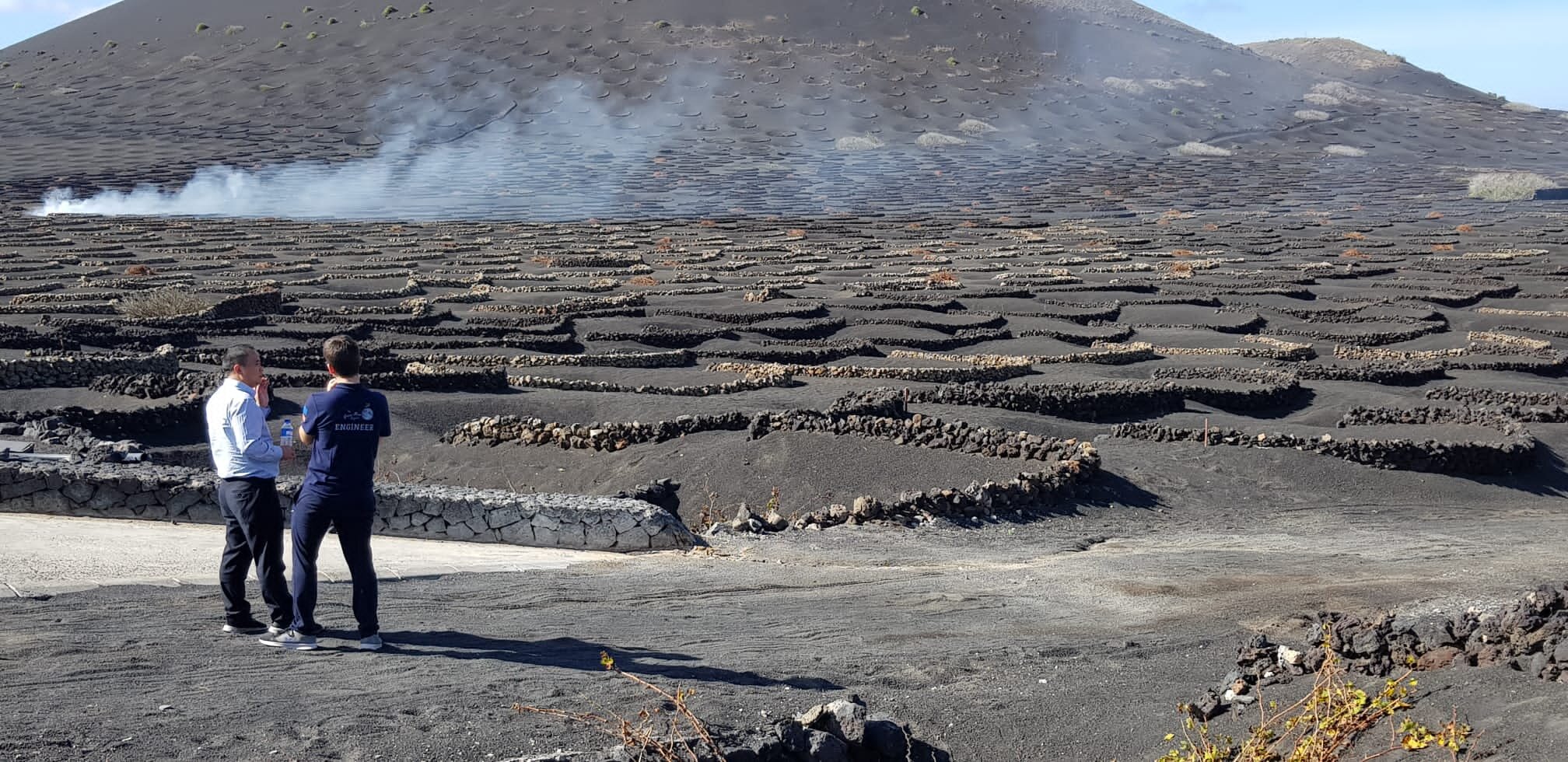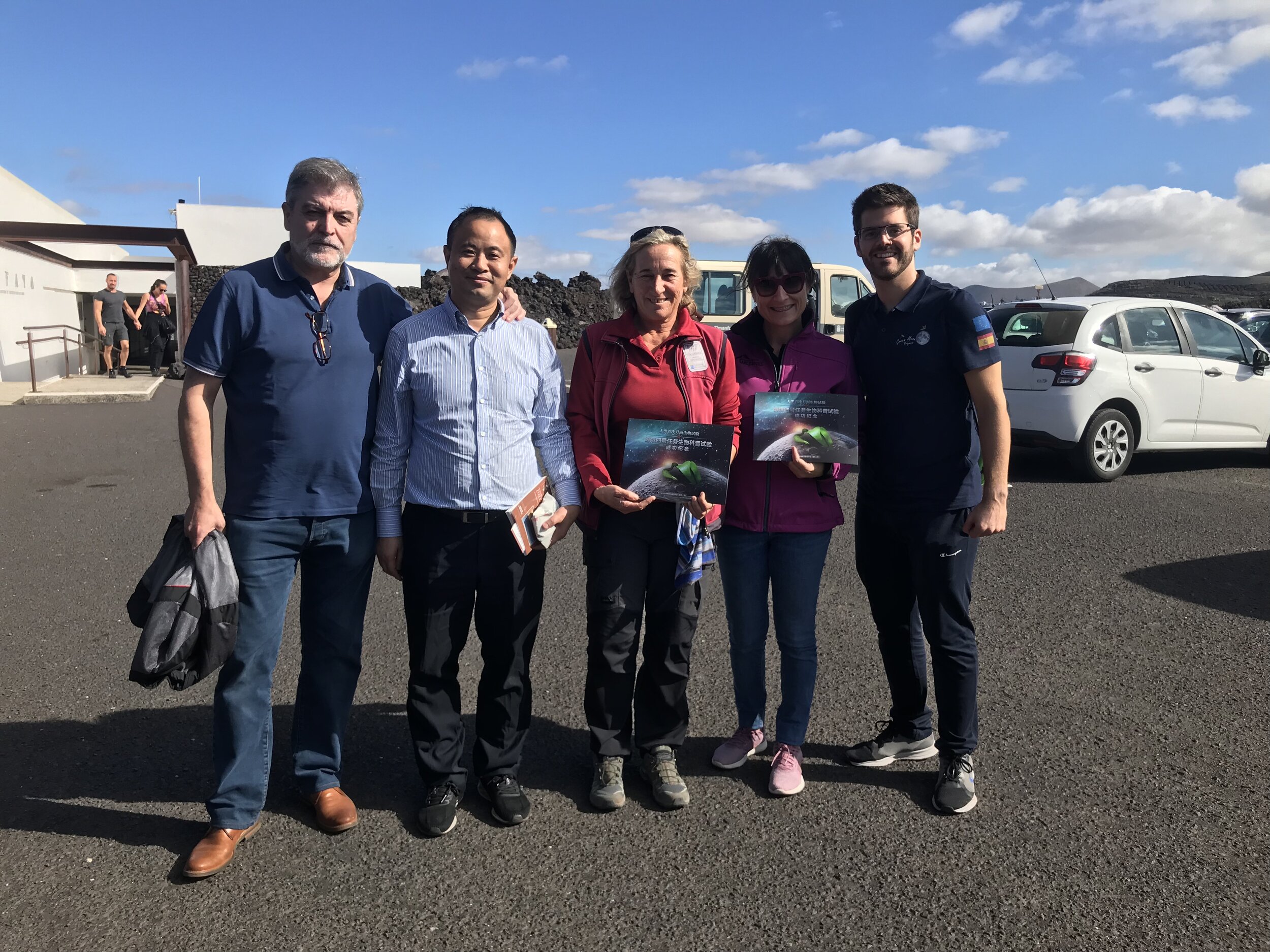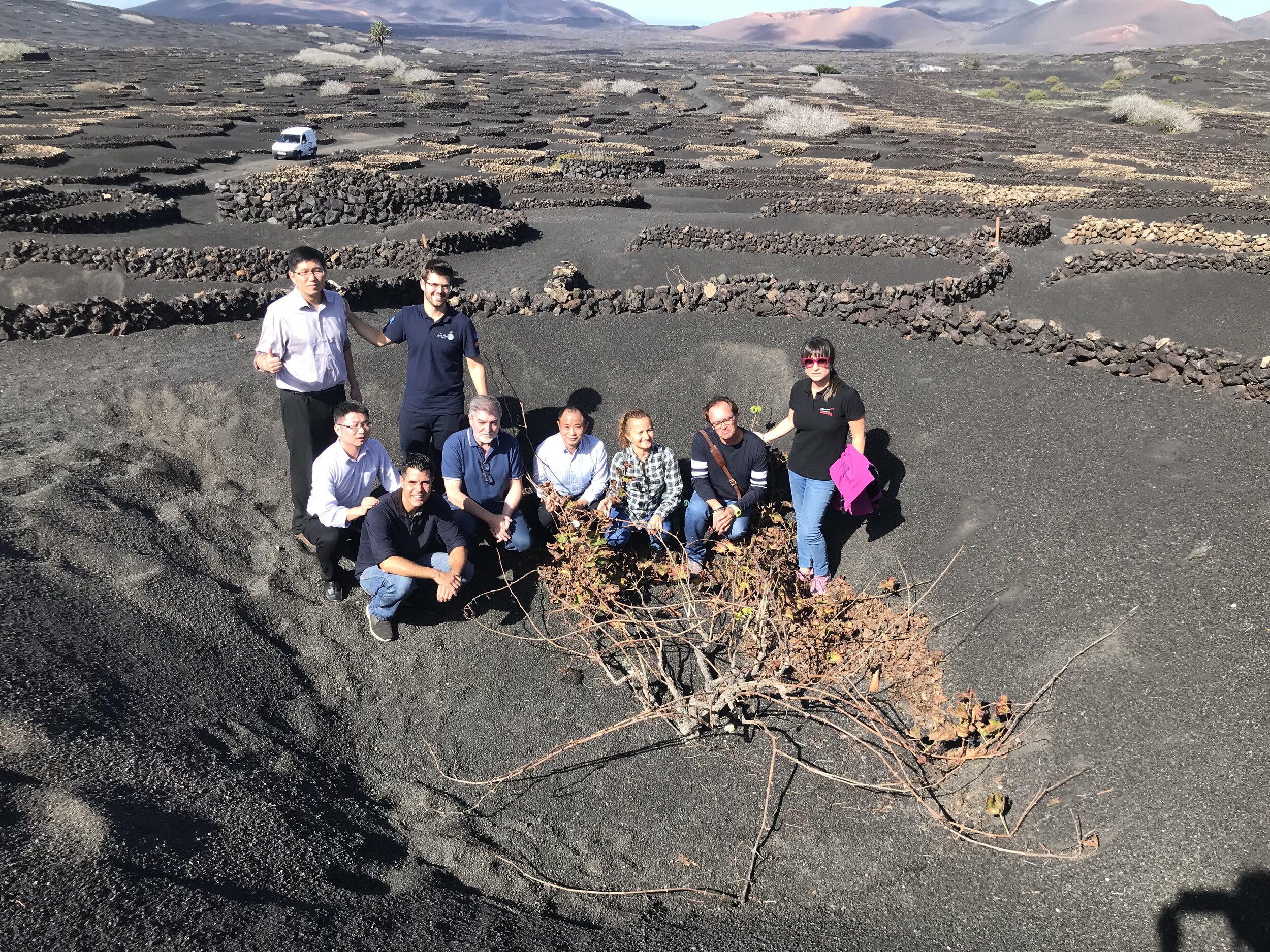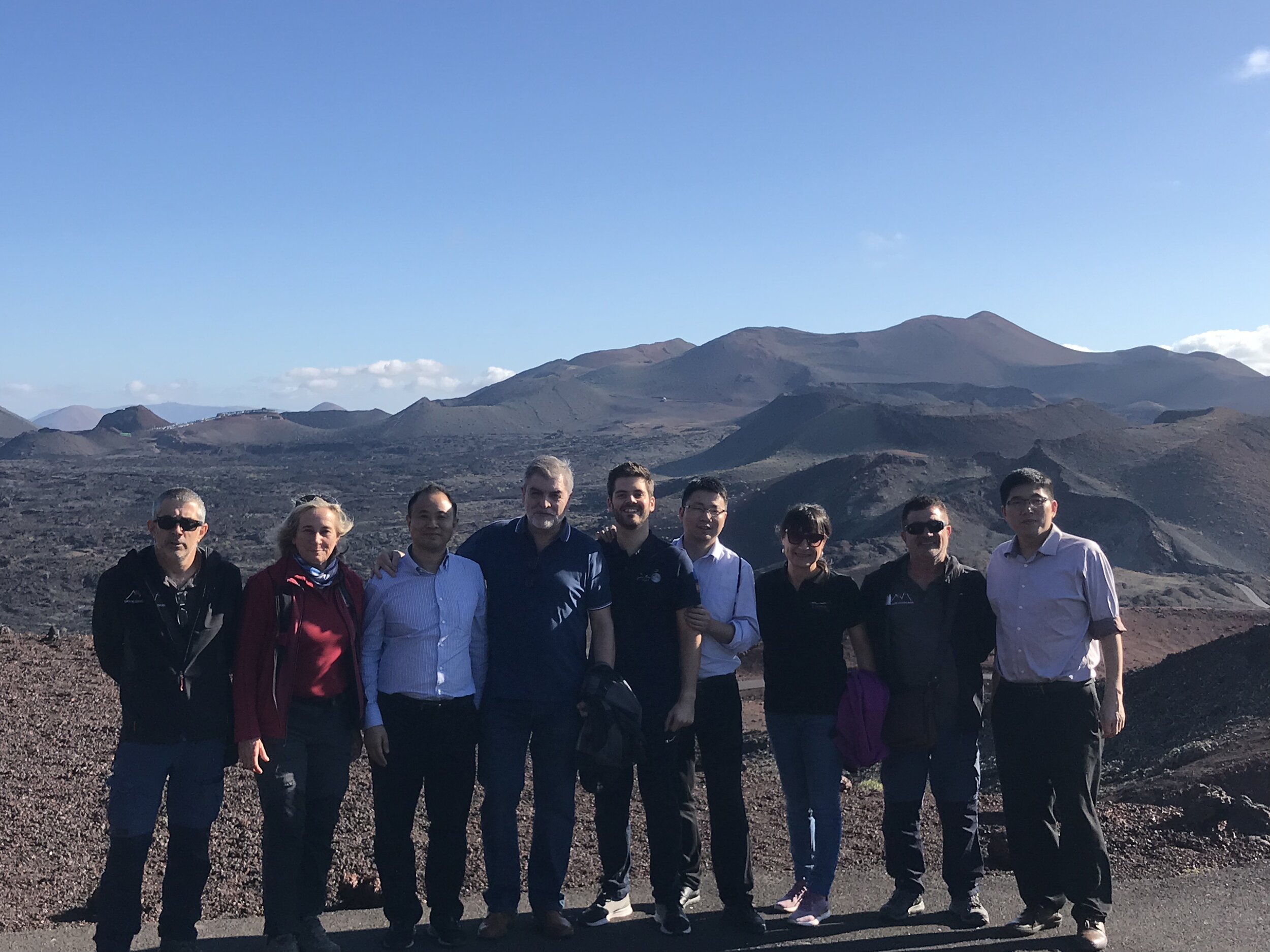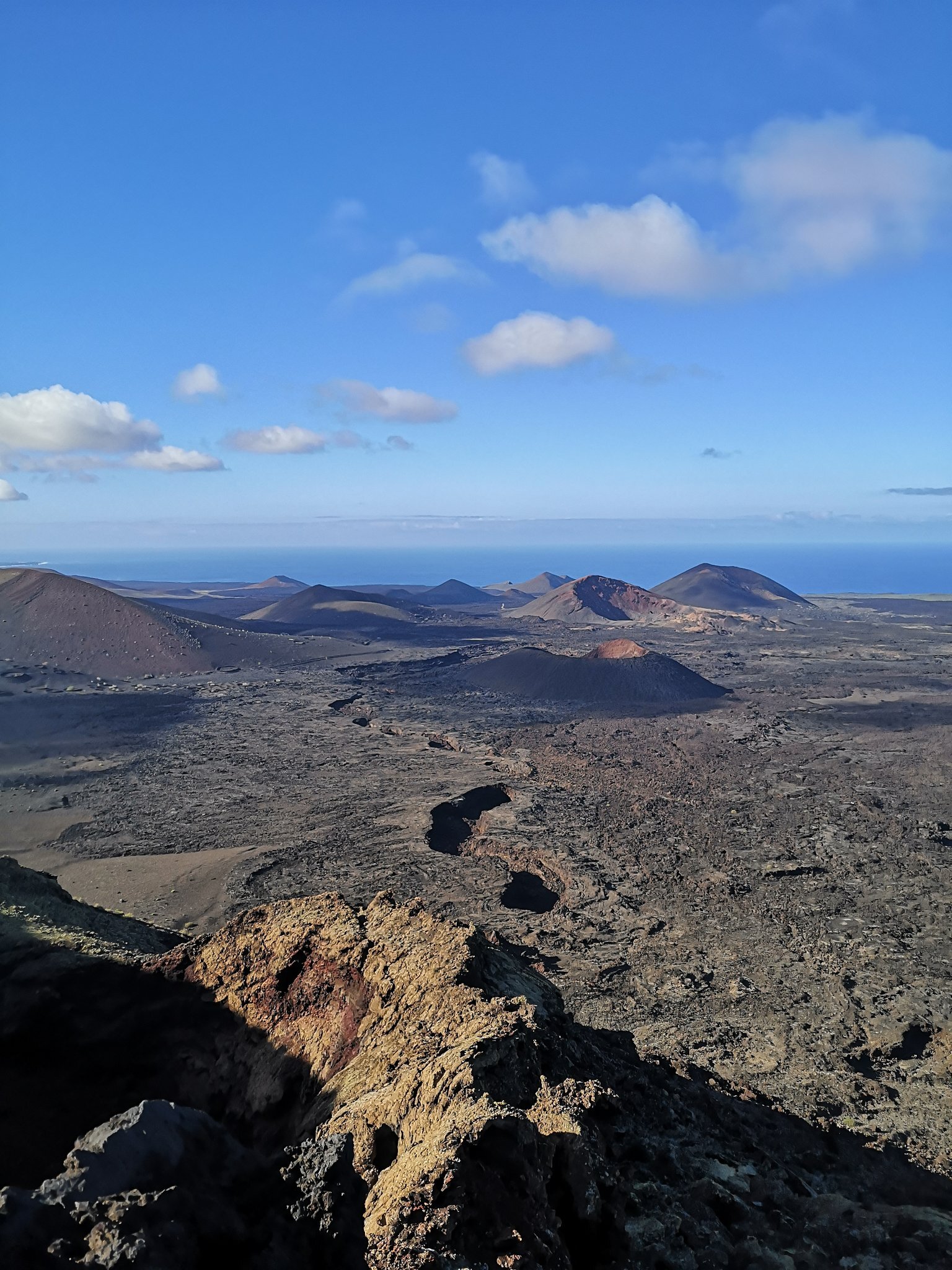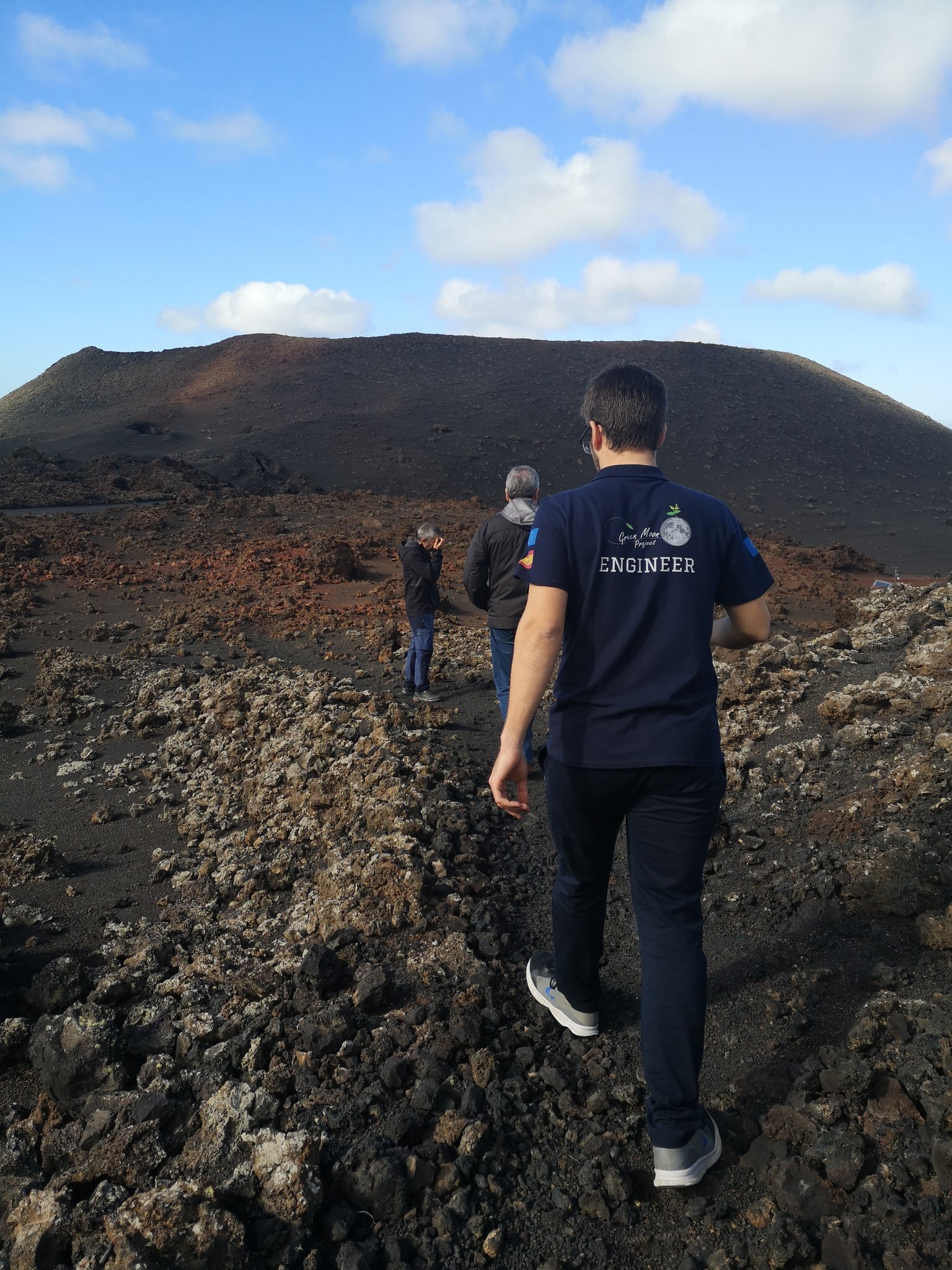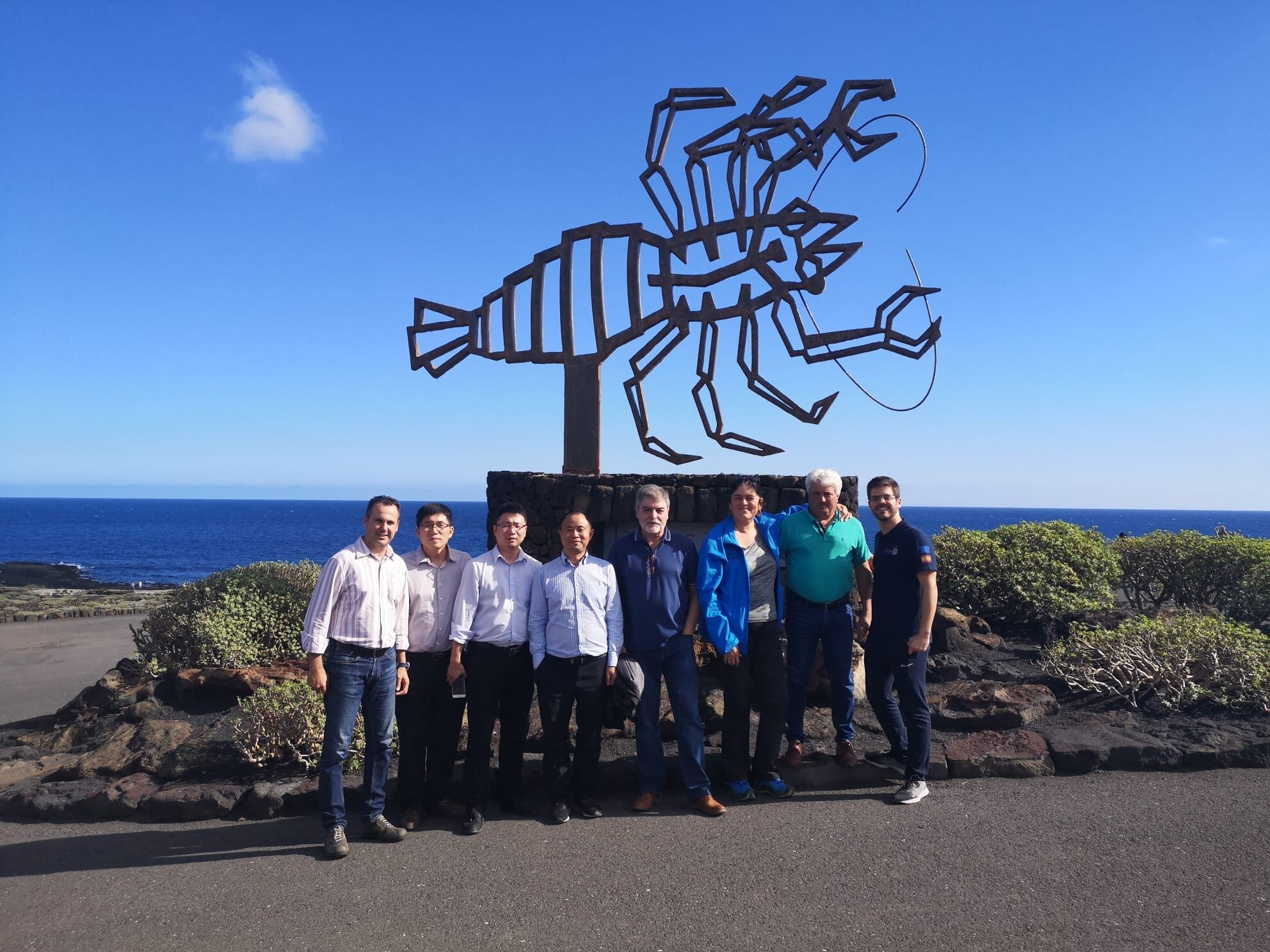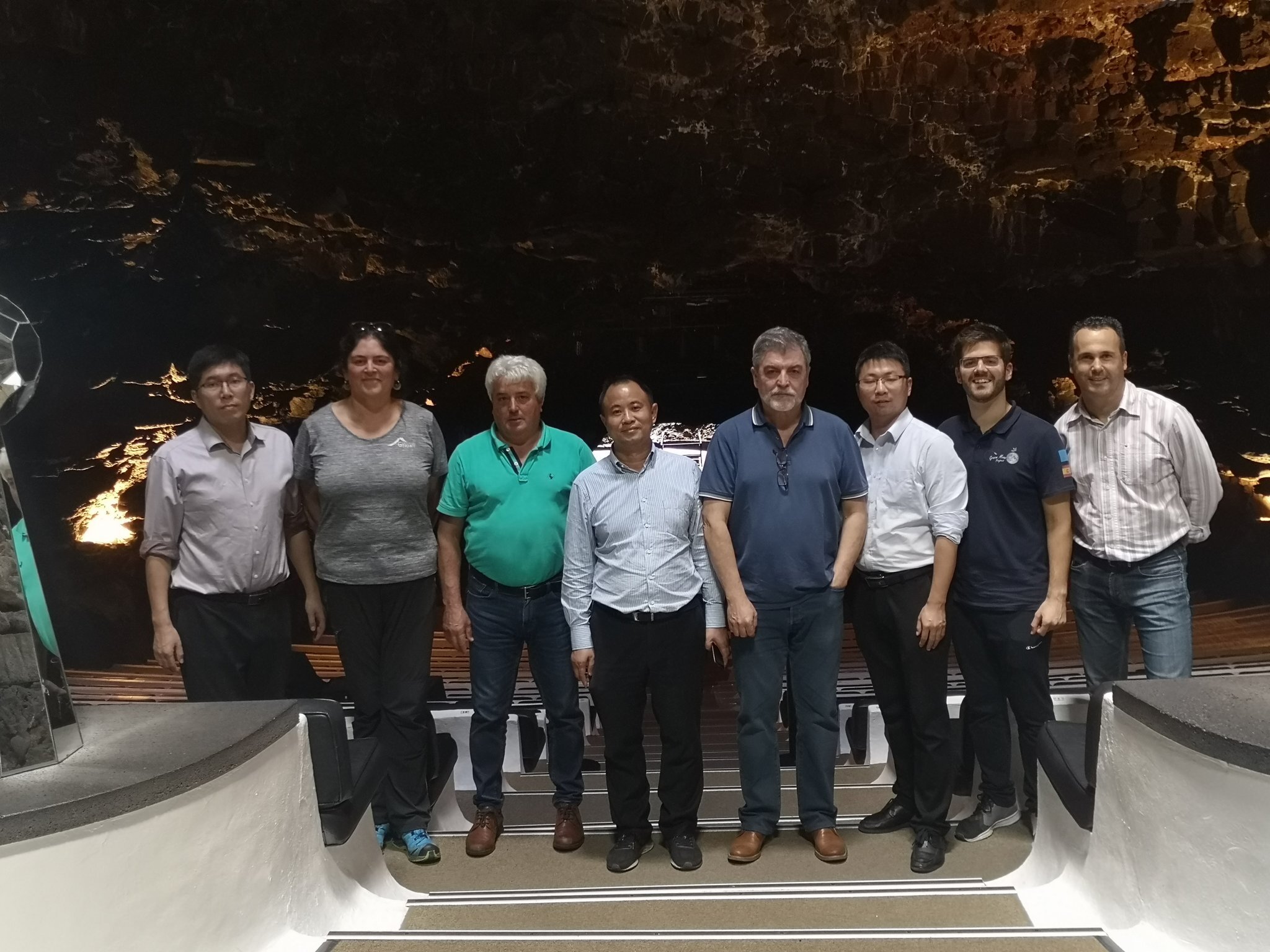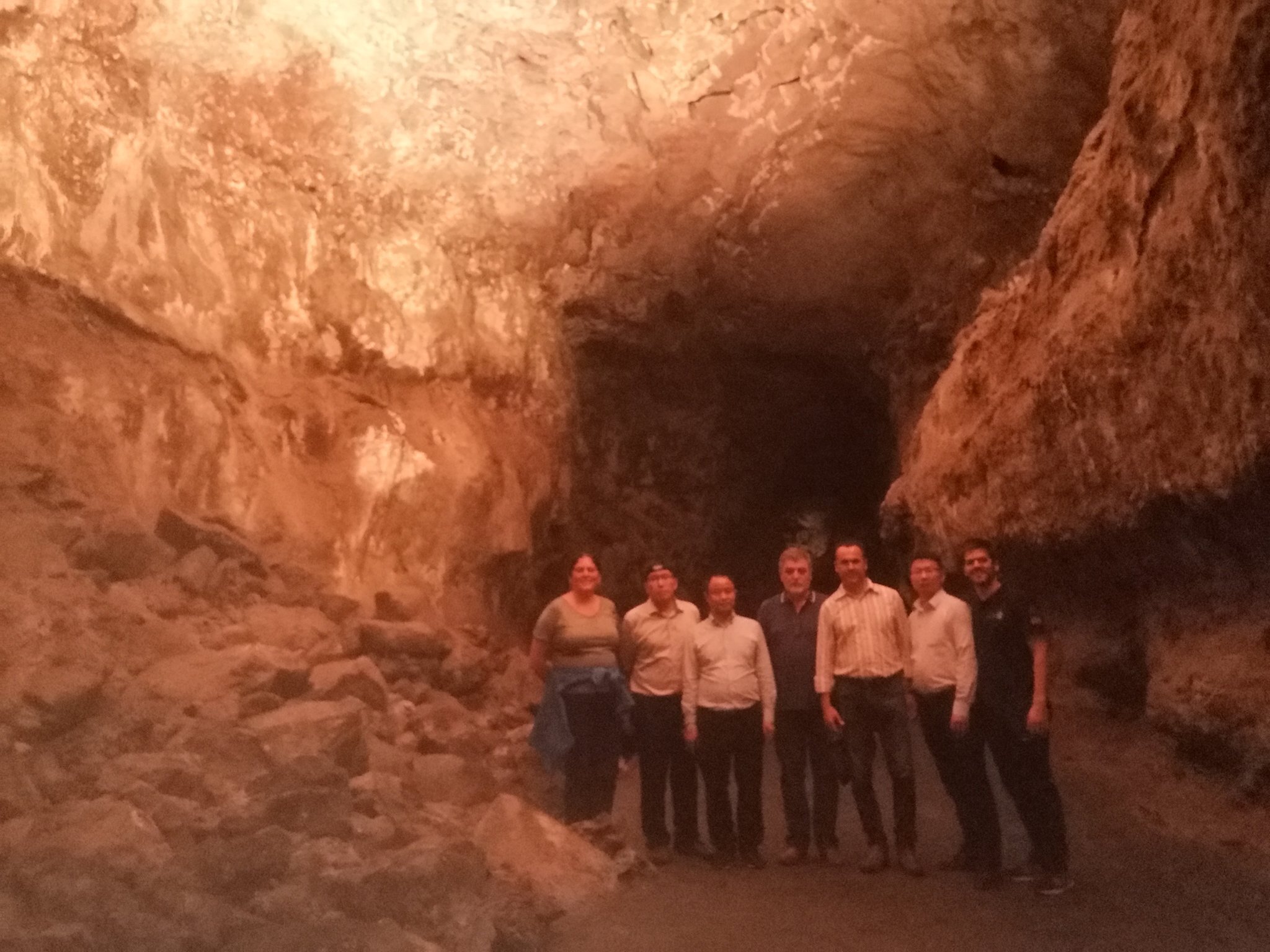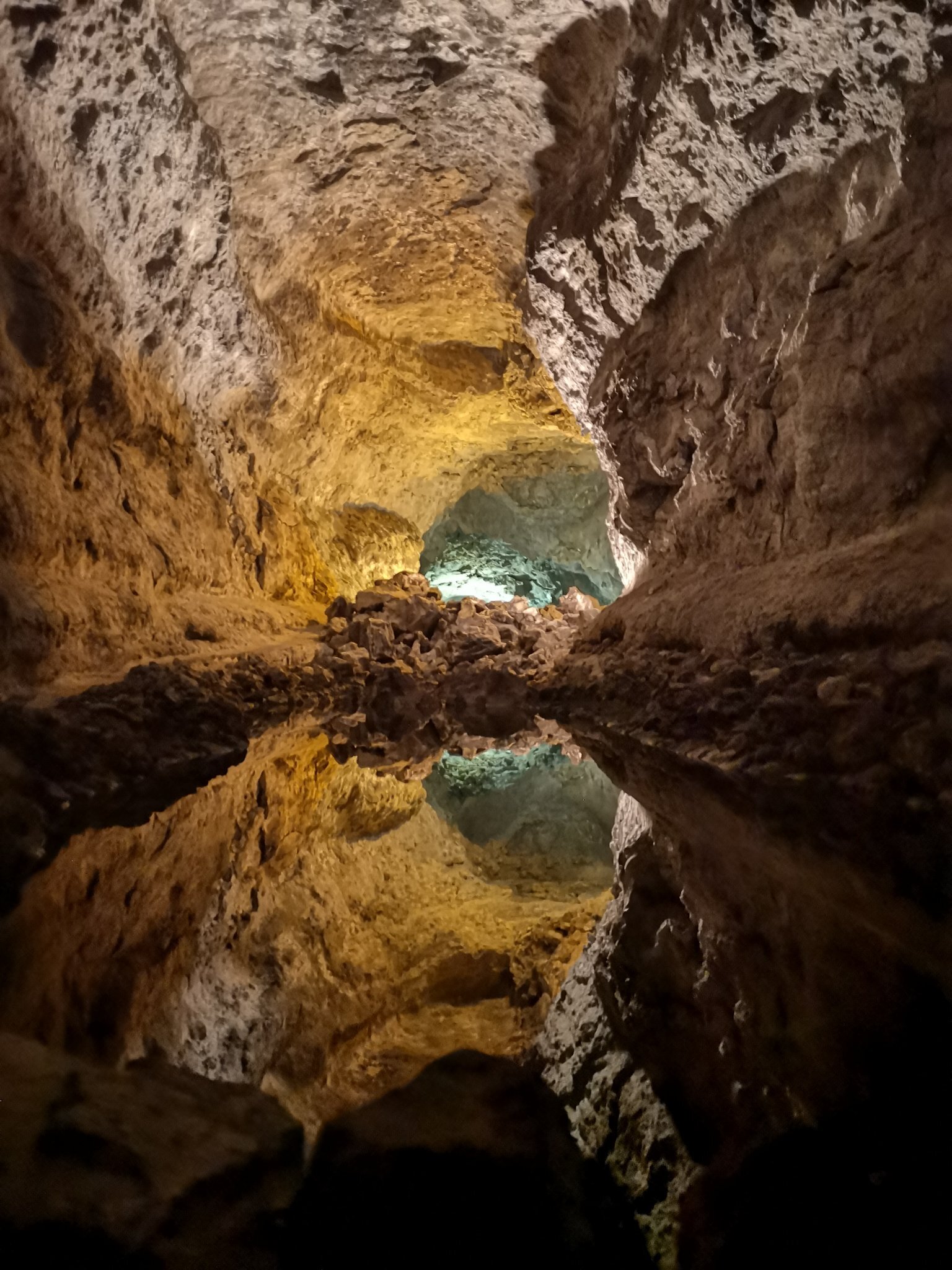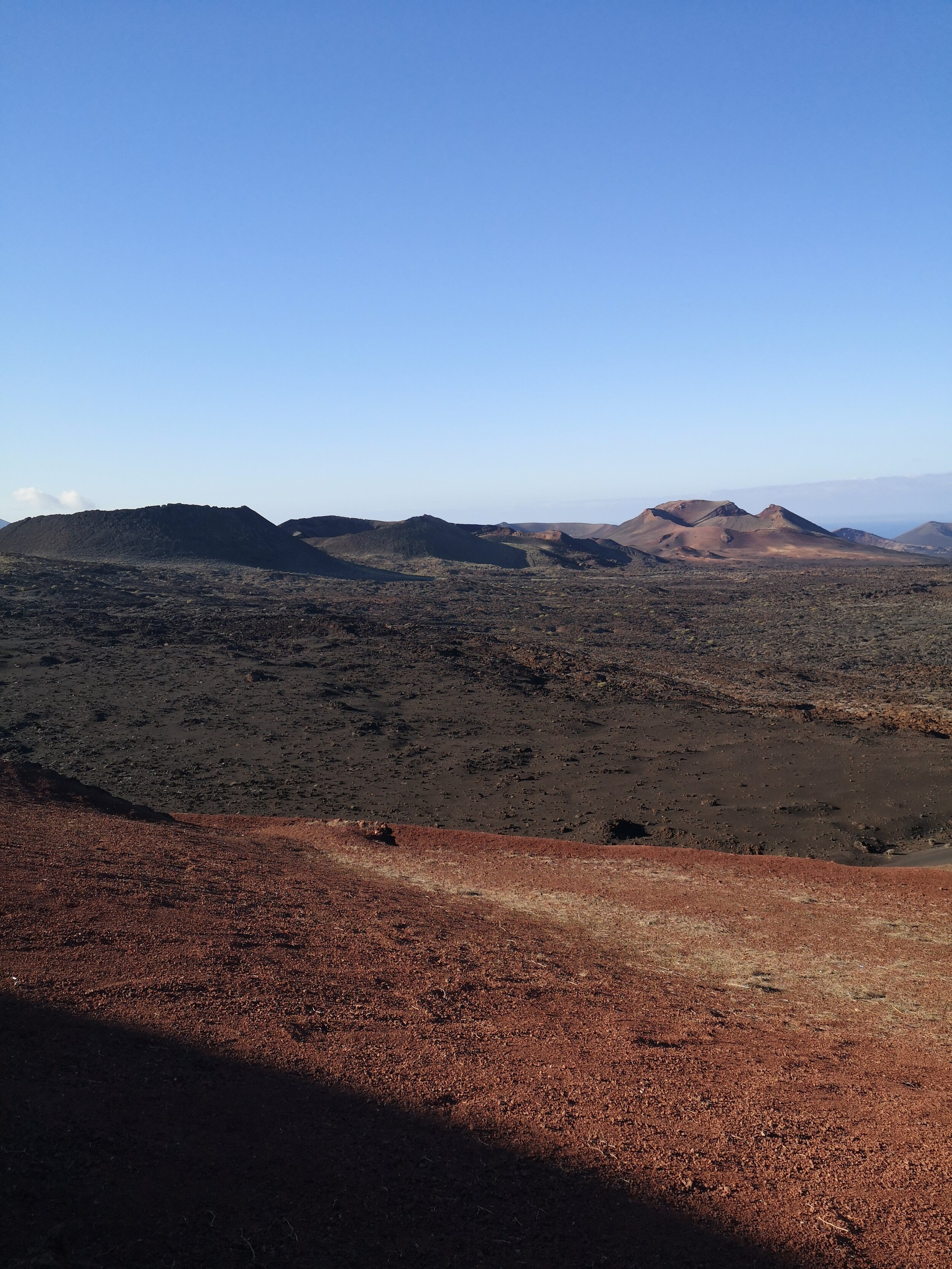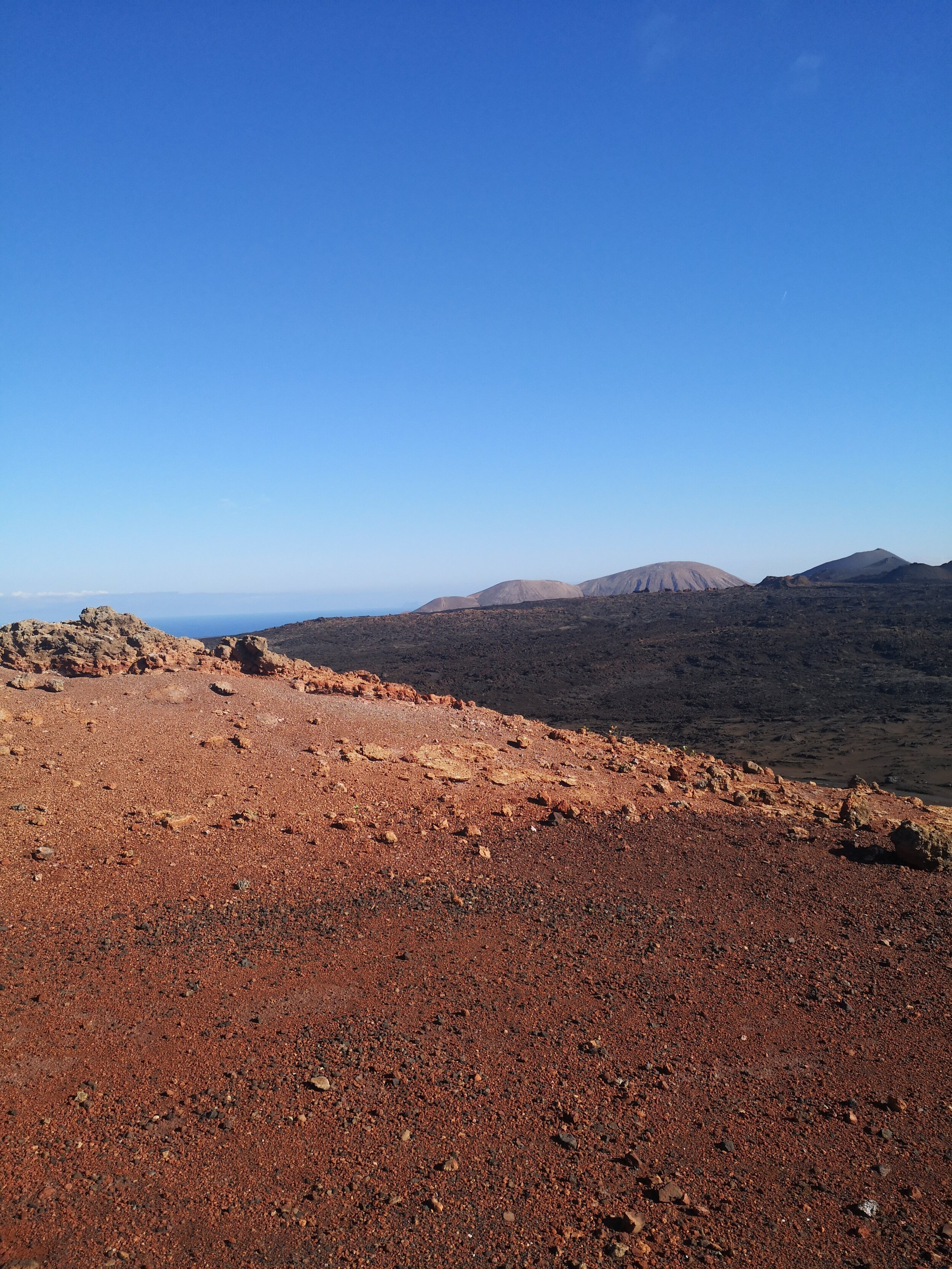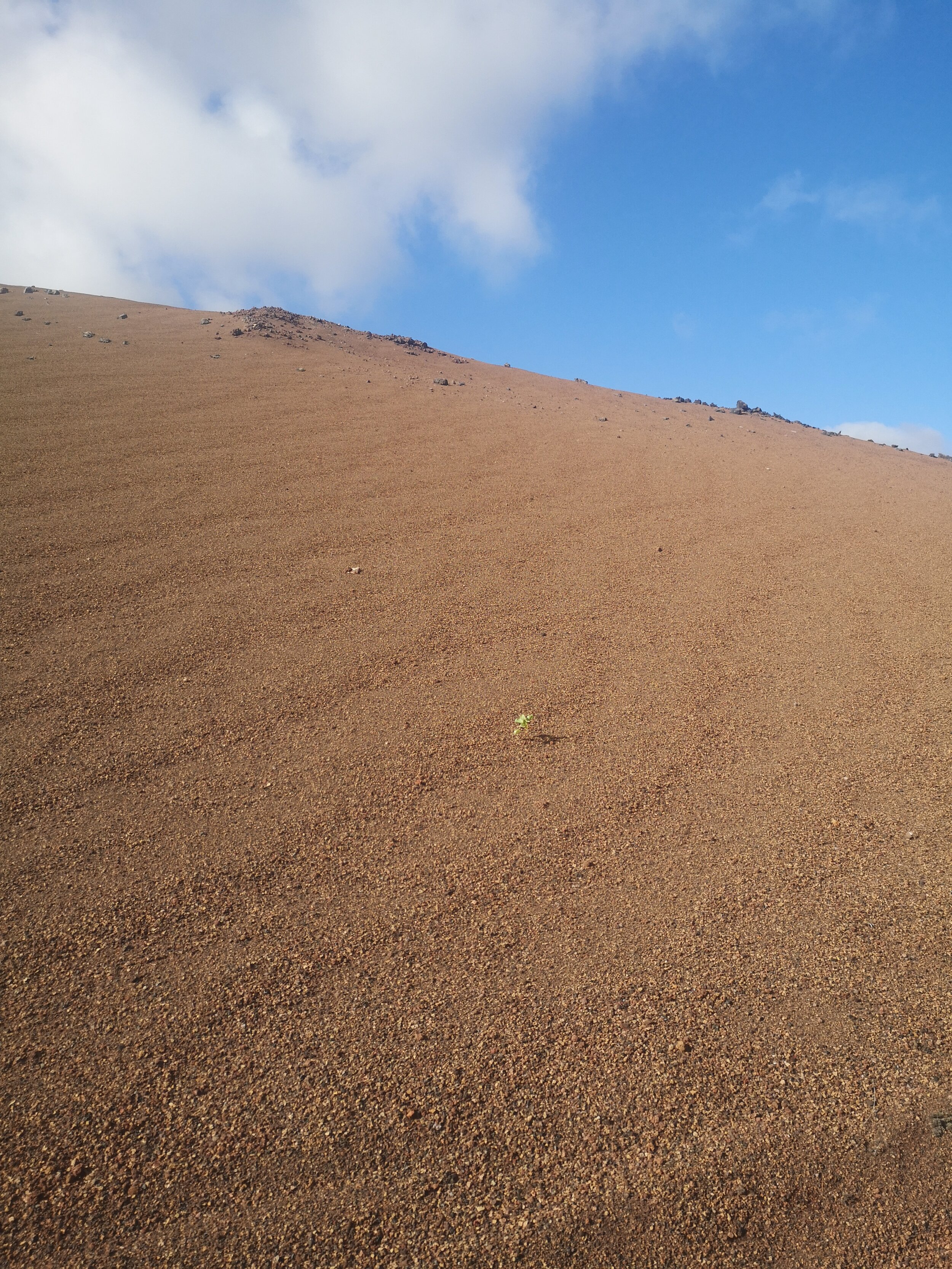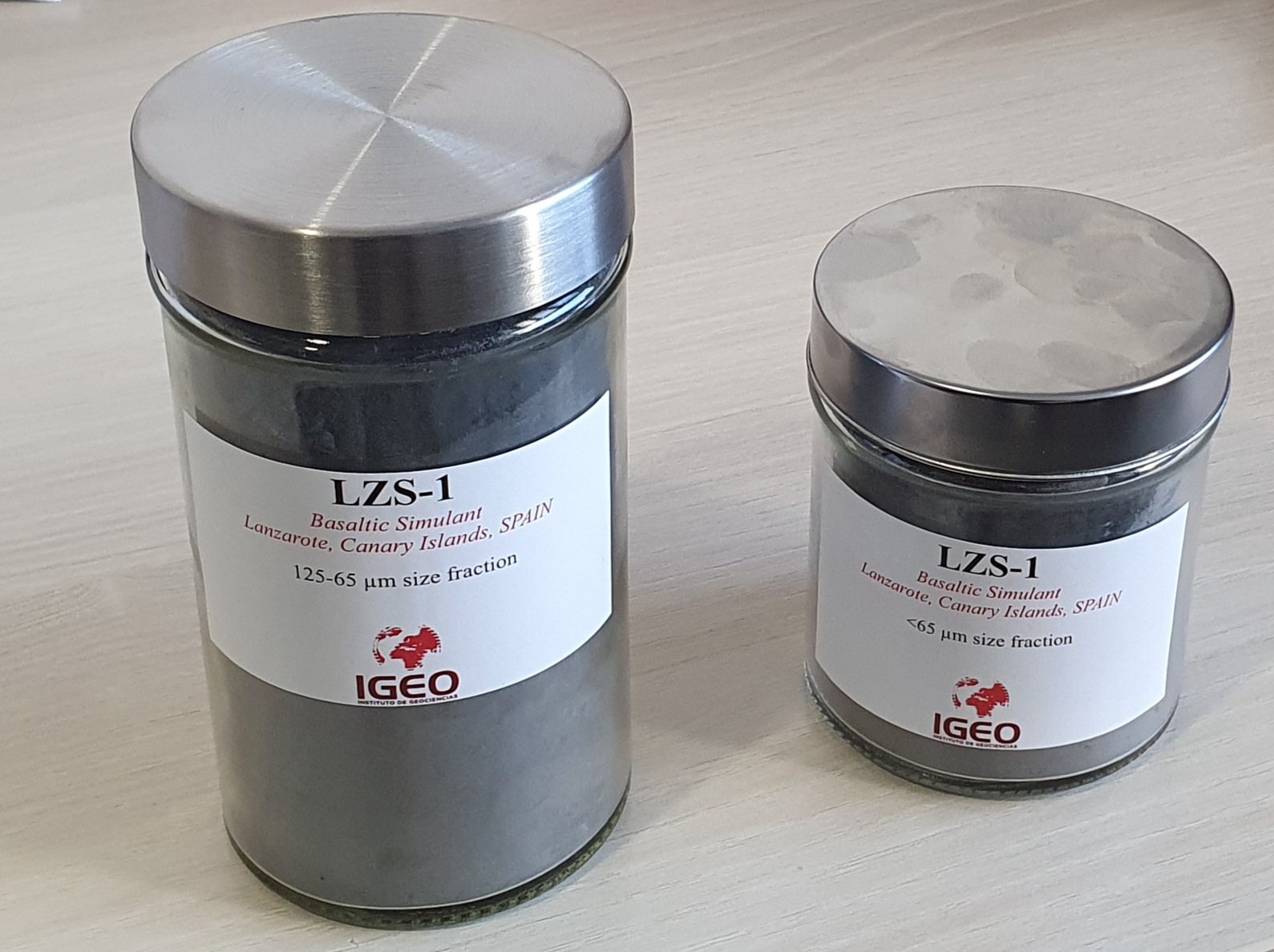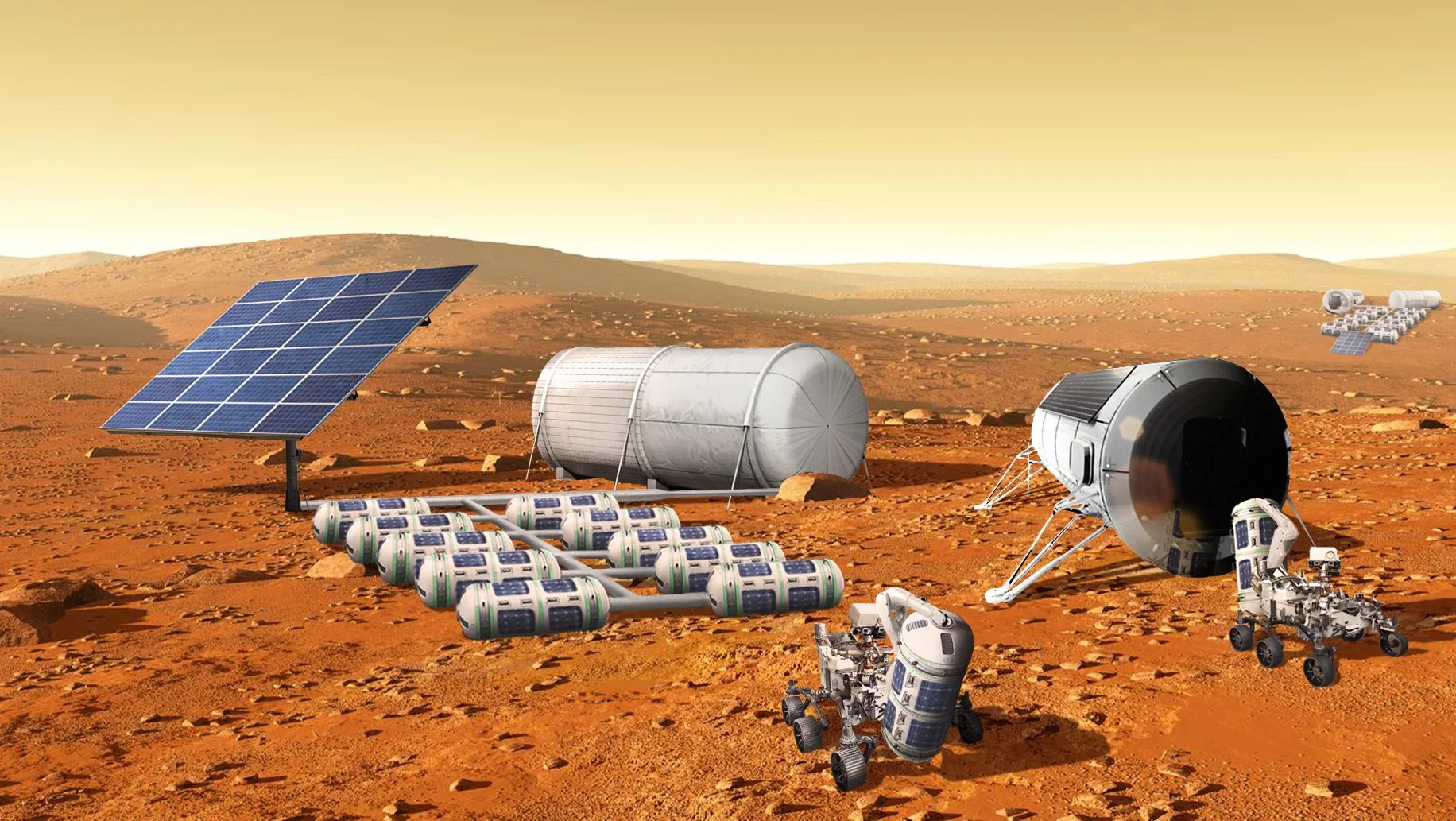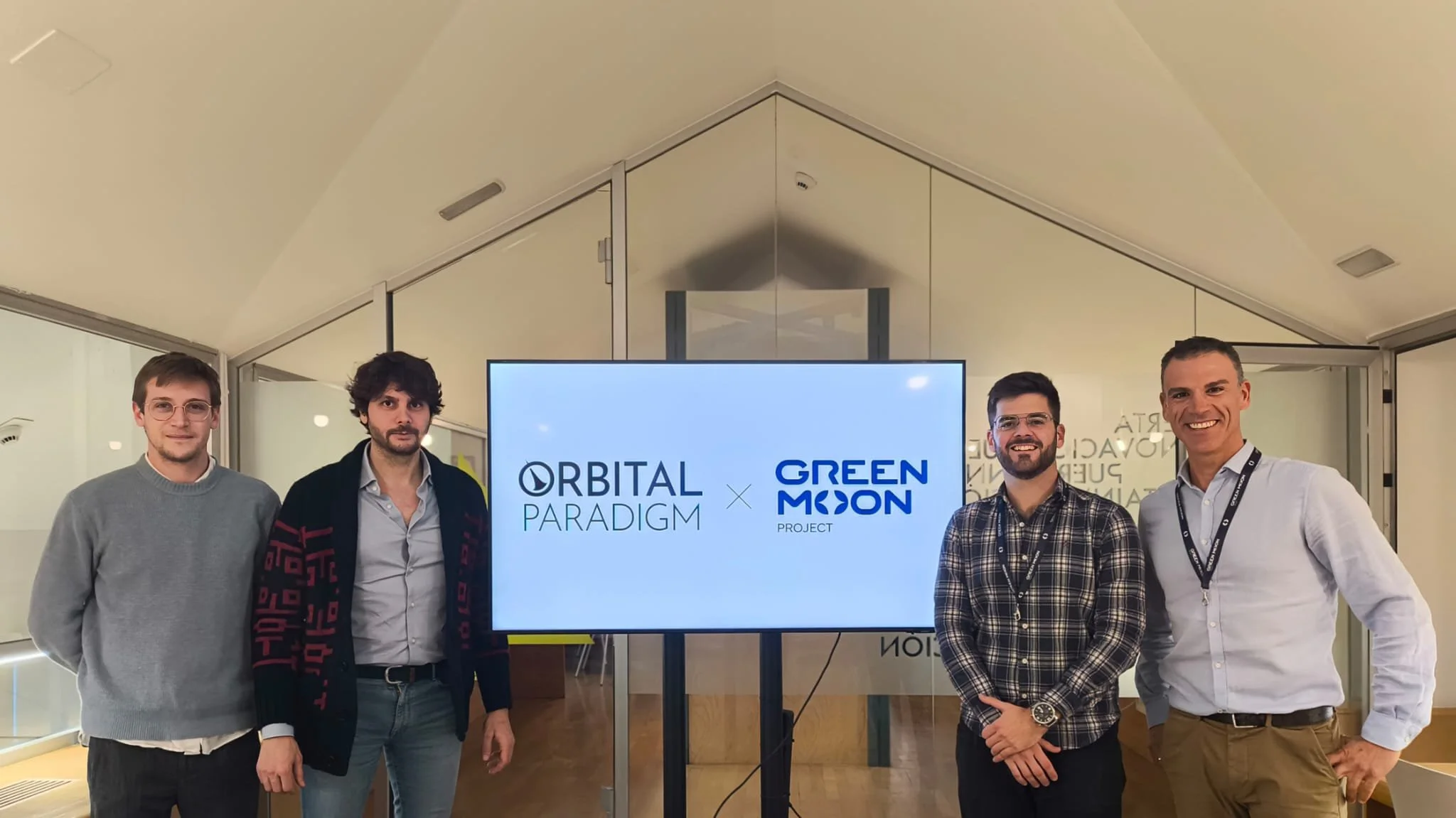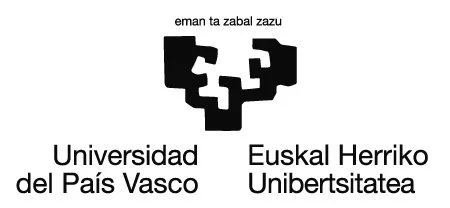
How plants will grow on the Moon where gravity is six times lower than Earth's gravity?
That simple question was the origin of Green Moon Project early in 2016. Since then, we have been working in a very intense way to support space agriculture. We create solutions that merge Planetary Geology, Plant Biology and Space Engineering to design the future spatial crops.
Green Moon Project arose in September 2016 from the curiosity of some young university students from Málaga (Spain) who wanted to see how the germination of a seed and subsequent growth of the plant stem under the effects of lunar gravity would be. The Green Moon Project team presented their own encapsule greenhouse design, a robotic moon germinator, to the competition organised by Team Indus within the Google Lunar X Prize. Green Moon Project was a multidisciplinary team with a clear astrobiological component composed of two engineers and a biologist. The project participated with another 3,400 and was selected as the only Spanish team that reached the international classification of 15 finalist projects in Bangalore (India) on March 15th, 2017.
The Green Moon Project, has now become a scientific initiative focused on Space Agriculture and the development of self-sustaining ecosystems for future lunar missions. It has recently announced its partnership with the Spanish startup Orbital Paradigm to conduct its first Earth-orbit mission in 2027 and launch its cultivation experiment into Space orbit that same year.
The project will be carried aboard a pressurised capsule developed by Orbital Paradigm, specifically designed for microgravity experimentation and payload recovery post-mission. Over several days in orbit, the Green Moon Project will investigate plant growth under microgravity conditions using lunar regolith simulant produced with volcanic and basaltic soil from the Canary Islands, integrating Plant Biology and Planetary Geology expertise within a real Space environment. This mission will serve as a scientific demonstrator, generating data that will further advance the Green Moon Project's research into Space Agriculture.
This mission marks a crucial milestone for the Green Moon Project, as it will provide direct experimental data to analyse how plants interact with the real microgravity space environment. Additionally, the advanced modular design of Orbital Paradigm's capsule will allow for real-time monitoring of experiments during the flight, maximising the collection of high-value scientific data.
Only a multidisciplinary and dynamic team would be able to develop something like this
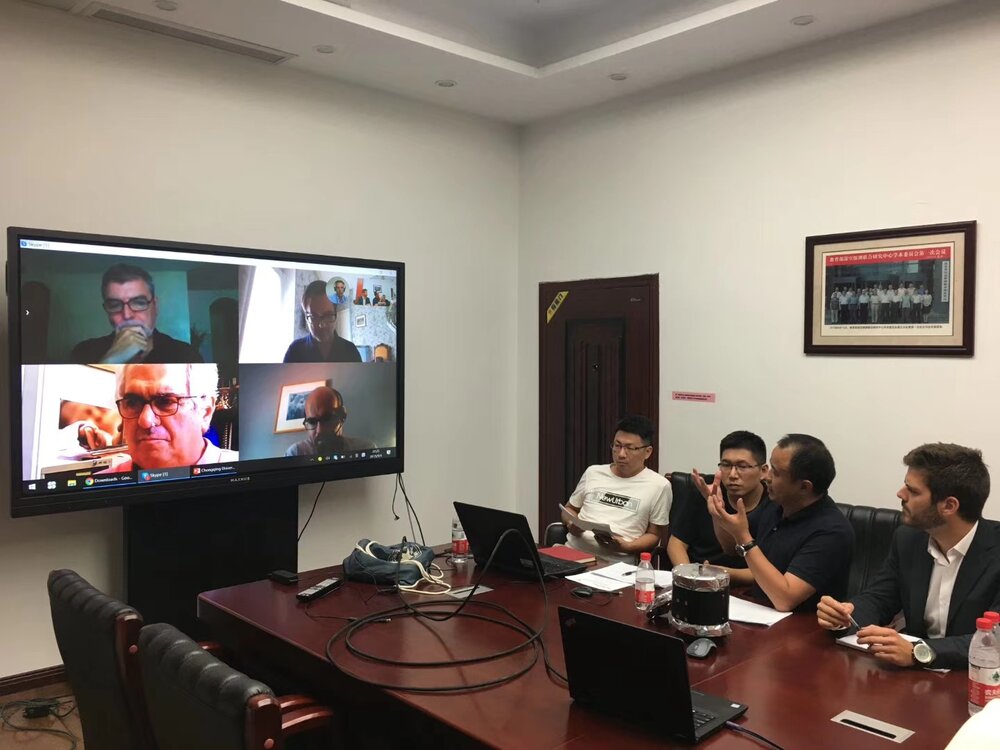
GREEN MOON PROJECT AND ORBITAL PARADIGM
The agreement facilitating this collaboration was signed on Friday, 13th December 2024, at Orbital Paradigm's facilities in Madrid, cementing a partnership that highlights the innovative capacity of Spanish space science and engineering.
The Green Moon Project, a scientific initiative focused on space agriculture and the development of self-sustaining ecosystems for future lunar missions, has announced its partnership with the Spanish startup Orbital Paradigm to conduct its first Earth-orbit mission in 2027 and send its cultivation experiment into space that same year.
The project will be carried aboard a pressurised capsule developed by Orbital Paradigm, specifically designed for microgravity experimentation and payload recovery post-mission. Over several days in orbit, the Green Moon Project will investigate plant growth under microgravity conditions using lunar regolith simulant produced from Lanzarote soil, integrating plant biology and planetary geology expertise within a real space environment. This mission will serve as a scientific demonstrator, generating data that will further advance the Green Moon Project's research into space agriculture.
This mission marks a crucial milestone for the Green Moon Project, as it will provide direct experimental data to analyse how plants interact with the real microgravity space environment. Additionally, the advanced modular design of Orbital Paradigm's capsule will allow for real-time monitoring of experiments during the flight, maximising the collection of high-value scientific data.
“This mission will mark a turning point for our project. As an intermediate step before seeing the Green Moon Project experiment on the Moon, this is a significant milestone made possible by New Space initiatives and the ongoing democratisation of Space,” emphasised the Green Moon Project team.
Orbital Paradigm echoed this sentiment, highlighting the importance of their technology and the partnership in advancing space experimentation and fostering breakthroughs that will help realise sustainable human presence beyond Earth.
The launch of this mission, scheduled for 2027, represents a collaborative effort to bring humanity one step closer to sustainable lunar presence, showcasing the pioneering partnership between the scientific Green Moon Project and the innovative Orbital Paradigm startup.
THE GREEN MOON PROJECT AND CHINESE CENTER OF SPACE EXPLORATION AGREEMENT
First meeting to express the purpose of establishing a collaboration agreement between the team of the Center of Space Exploration (COSE) of the Ministry of Education at Chongqing University in China and the team of scientists and engineers united through the Green Moon Project in Spain (European Union).
This document symbolises the first step in establishing a partnership between the multidisciplinary teams of Chinese and Spanish scientists and engineers for the future space exploration and space ecosystems development. From here, both parties will seek to define the necessary steps that will lead to the signing of a research agreement that makes this international collaboration effective, involving the Spanish and European institutions to which the Spanish researchers belong.
The main aspects of cooperation between the two sides are: scientific research of astrobiology and extraterrestrial ecosystem, as well as the research, design, technology of space science and deep space exploration, the engineering and technique to design and build future space rovers of inspection. This document is signed in Chongqing (China) on September 7th, 2019.
As a fruit of this signed agreement, in May 2024, there was the scientific paper publication by Elsevier speaking on “Key factors in developing controlled closed ecosystems for lunar missions”.


